Samyang AF 35mm F1.8 FE Review
Dustin Abbott
November 16th, 2020
The size of mirrorless cameras has trended ever larger as the early focus on (mostly) smaller sensors and compact lenses has shifted to high resolution full frame sensors and professional grade lenses designed to match (or exceed) what was available for DSLRs in the past. Some of us don’t mind this trend, as we are more interested in getting quality images, but others feel disenfranchised by this trend. They want smaller and lighter. Samyang (also sold as Rokinon) is arguably the leader on Sony mirrorless for creating prime lenses that are both compact and competent. I personally own the 18mm F2.8, 45mm F1.8, and 75mm F1.8 primes and love them. They are nicely compact, optically very good, and have good autofocus performance. Samyang has really refined the autofocus process via firmware and ongoing improvements (getting the Lens Station for applying those firmware updates and making customization tweaks is a good idea) and so now each of these lenses also gives a very good autofocus performance. The most recent of this series is very welcome – a beautiful little 35mm prime – the Samyang AF 35mm F1.8. We’ll abbreviate that to “AF35” during this review.
The timing of this release is fortuitous, as Sony has just released their newest full frame mirrorless camera – the Sony a7C – a compact full frame model that manages to (just about about) fit a fully featured full frame sensor with IBIS into a body roughly the size the a6xxx series. Those who prioritize buying a compact camera will logically also prioritize buying compact lenses, and that makes the AF35 a tempting option. I’m personally a sucker for the 35mm focal length. It is perhaps my favorite “walk-around” focal length and seems to be “just right” for a lot of subjects…from portraits to landscapes.
Sony also has a compact 35mm option (the FE 35mm F1.8 – my review here), and while it is mildly larger (about 10mm longer and 71g heavier), it is more likely that price will be a factor in swinging buyers Samyang’s way. The AF35 comes to market at $399 USD, while the FE 35mm is currently on sale at $698 USD (normal price is about $750 USD). There are also a number of 35mm F1.4 options (including one from Samyang), but I suspect that the significant difference in size (the F1.4 version weighs 3x as much and is nearly 2x as long) will probably provide some natural sorting between the two. We know that the Samyang AF35 is cheaper than the native Sony alternative, but is it worth considering? That’s what we will explore in this review.
Prefer to watch your reviews? You can choose either my long-format definitive review or shorter standard review.
Follow Me @ Patreon | My Newsletter | Instagram | Facebook | Twitter | Flickr | 500px
Samyang AF35 Build and Handling
As noted, the Samyang AF35 is going to compete most directly with the Sony FE 35mm F1.8, a lens that I liked quite a bit despite feeling it was a bit overpriced. The size of the two lenses is more similar than different, though the Sony is a full 10mm longer. The dimensions compare as 65mm (2.6″) D for the Samyang vs 65.6mm for the Sony while the length is 63.5mm (2.5″) for the Samyang and 73mm (2.87″) for the Sony. The weight difference of 71g is significant in comparative terms, but at 210g vs 281g, neither lens is heavy in absolute terms. The other specifications between the lenses are more similar than different.
Ironically, the AF35 is second only to the 75mm in size for the tiny series, which shows just how compact these lenses have been.
Up front we have a 58mm filter thread, which is both a common and relatively inexpensive size.
The Samyang “tiny” series have all shipped with a nice complement of accessories despite their bargain price. They include the lens hood along with a very useful little case to store the lens in. It provides much more protection value than the average pouch that many lenses come with.
I have watched a genesis with the series as Samyang has not only worked to improve the performance of the lens but also to improve their feature set. The Samyang AF 75mm F1.8 (a sweet little lens that I reviewed here) was the first of the series to add a switch onto the barrel, and it was more than just an AF/MF switch. It allowed one to customize the function of the focus ring (options can be programmed via the Lens Station and Samyang’s Lens Manager software. I currently have the custom switch programmed to allow me to control aperture with the ring in Mode 1 and switch to manual focus in Mode 2 (at which stage aperture control reverts to the camera).
This allows me to have an aperture ring (which I love!) and to quickly switch to manual focus when desired. Nice! The AF35 includes this feature as well, but one-ups the 75mm by also including weather sealing, with seals in four places (lens mount, switch, ring, and front element).
These mirror what the Sony has, save the Sony has one additional seal at the focus hold button (the one feature that Samyang does not have). I’ve been advocating for weather sealing on these Samyang lenses for the past few years, and I’m delighted to see them take that next step. This makes the Samyang fully competitive in terms of features with the Sony lens, as while the Sony has the focus hold button, the Samyang has the aperture ring option, which seems to me to be a wash. No longer do you have to “settle” if you choose the Samyang.
The focus ring moves fairly smoothly with a good degree of damping. It isn’t Zeiss-smooth, for sure, but the focus action is actually fairly good. The focus ring seems to operate in a linear fashion, from what I can tell, which does mean it is easier to have repeatable focus pulls. This is hampered a bit by the “focus-by-wire” nature of mirrorless autofocus lenses and their lack of anything like distance markings. I will also note that Sony’s “focus assist” (automatic magnification of the active focus area) and things like focus peaking function just fine here.
The aperture iris has nine rounded blades which enable the aperture to stay fairly round as the lens is stopped down. Here’s a look at bokeh highlights as the lens is first wide open, then at F2.8, then at F4:
Samyang bokeh highlights are a little less busy inside than what I saw on the Sony FE 35mm, but have a bit more green/blue fringing around them (though still mild). We’ll look more at real world bokeh later on, but here’s a look at how the geometry looks near the edge of the frame wide open and at F2.8.
It’s easy to get nicely round highlights all across the frame at F2.8.
One final area to examine here is the close focus abilities of the lens. The AF35 can focus down to 29cm (about one foot), where it provides a useful but slightly under-average 0.17x. Here’s what that looks like:
Wide open at MFD, the AF35 lacks a bit of contrast, and stopping down to F2.8 really boosts performance. The magnification figure ties with the Samyang 35mm F1.4 and bests that of the 35mm F2.8.
The Sony definitely bests this figure with a 0.24x figure.
All told, however, this is a lovely little lens that has some premium features. The shell is primarily engineered plastics, but it is built around a metal lens mount and feels solidly constructed. I’ve had no issues with the other lenses from the series that I’ve owned.
It has a handsome appearance and I think it looks great when paired with the Sony cameras that is designed for. While this is a full frame lens, it can also be used on Sony’s APS-C cameras where it will provide a 52.5mm equivalent focal length – a near perfect “normal” focal length for APS-C. It’s compact size and light weight make it a natural lens to use on either system. I really like Samyang’s tiny series, and I’m glad to see them continuing to improve the sophistication of these sweet little lenses.
Samyang AF 35mm F1.8 Autofocus Performance
Samyang has employed their linear motor autofocus system which has served them well in other applications. This focus motor is fast, quiet, and efficient. Video focus pulls are quiet and smooth, without any focus noise and also without any kind of nervousness (settling or pulsing). Focus pull speed is smooth rather than fast. It feels like the motor is nicely damped for this kind of work.
For stills, autofocus is very fast and is silent in operation. I can adjust focus near minimum focus to infinity and back without any perceptible lag (on a Sony a9) and without any noise in focus. The lens had no problem focusing on fine subjects with precision.
I tested Eye AF for animals and saw accurate, well focused results.
In an event setting (church), I got accurately focused results with effective face tracking on the Sony a7C. This shot, for example, is at F1.8 and still required ISO 1600.
For portrait work I had no problems getting reliable Eye AF tracking and a perfectly focused entire session. For this particular session I used only available light, and this wider shot (at F1.8) shows that Eye AF locked on the eye and delivered a well focused result:
This second shot (at F2) shows an equally well focused result even though I put a lot of foreground in the frame.
I was also happy to get well focused results when I triggered the camera remotely while doing a portrait session with my family. I find these kinds of sessions the most frustrating, as it requires me to forfeit both my eye behind the camera along with the ability to solve technical problems on the fly. There have been times in the past where I’ve zoomed in either on the back of the camera or (worse!) in post only to discover that the camera/lens had focused on the wrong place. That wasn’t the case here, and I came home to a series of photos that were all perfectly focused.
I had one video where the AF did some pulsing and hunting, but I discovered that the problem lay in that I had Animal Eye AF selected rather than Human Eye AF. Selecting the proper Eye AF mode allowed the camera/lens to search for the right criteria and eliminated the problem.
All in all, however, I got precise focus without any drama. Samyang has really done a good job of maturing quality of focus with their lenses. I would suspect that the Sony lens is marginally better for focus, but I would be hard pressed to tell you where.
AF35 Image Quality
Traditionally this is the area where Samyang has shined. I tested my first Samyang lens in 2013, and this will be my 18th Samyang/Rokinon review. I’ve often found Samyang lenses to be functionally inferior to first party alternatives but optically either competitive or superior. That is what has always made their lenses high value to many photographers. Samyang has continued to refine and improve their build, design, and autofocus process while typically retaining a strong optical performance. Is that the case here?
First of all, we’ll start by examining our chart tests. My test results (and the infinity tests) were all shot on a 42Mpx Sony a7RIII.
There is an extremely mild amount of barrel distortion and a moderate amount of vignette at F1.8.
I manually corrected (right side) with a +3 on the distortion and a +53 for vignette along with sliding the midpoint to 0 to allow for a nice, linear correction. There amount of distortion is so low that it will probably never be an issue for real world work, and the correction profile in camera (JPEG and Video) will correct what is there. There isn’t yet a profile for RAW correction in Adobe, but I suspect it will come in time. The vignette is probably around 2.5 stops in the corners, but is nice and linear in nature and will look fine without correction for most images save where corners should be very light (with snow, for example). No big deal here.
Here’s a look at my main test chart:
At F1.8 there is good sharpness across the frame, though contrast isn’t strong. You can see what looks like a light haze over many textures. Here’s crops from the center, mid-frame, and corner:
There’s little evidence of lateral chromatic aberrations along the edges, though there is a moderate amount of longitudinal CA, with little to see before the plane of focus but more obvious green/blue fringing after the plane of focus:
I saw much more of this blue/green fringing in certain high contrast real-world situations, though it disappears entirely when the lens is stopped down to F2.8:
Expect to see this fringing mostly in bokeh highlights, but it does explain why there is a bit of surface blur/lower contrast at F1.8. The Sony FE lens does a better job of controlling CA.
Real world shots have good sharpness at F1.8, even at infinity. Stopping down even to F2.8 makes landscape results pop! Here’s a look at center and edge performance:
Here’s a closer shot at F2 along with the crop:
Plenty of useful sharpness there.
The mild one-third stop change from F1.8 to F2 produces only very mild changes. You will see a bit more contrast, but it would be hard to perceive without the two side by side.
Stopping down to F2.8, however, creates a fairly radical improvement to contrast and resolution. Suddenly the lens becomes a resolution machine…and this crop is from the extreme corner!
That’s a pretty shocking amount of improvement, and this is one area where the AF35 has a significant advantage over the Sony 35mm F1.8, which isn’t as sharp in the corners. The Samyang is actually the sharper lens of the two, though with more problems with fringing at wide apertures.
A bit more improvement can be had at F4:
As you can imagine, stepping on down to F5.6 or F8 allows for exceptional landscape results. Check out the deep crop from the F5.6 image below:
This F8 landscape is sharp throughout the frame:
So, other than a bit more color fringing than what I would like in some situations, the lens displays impressive sharpness and contrast, particularly when stopped down to F2.8 or smaller.
Coma performance is okay but not exceptional (it is better than the Sony lens, however). I didn’t shoot this under optimal conditions (right before dawn, and there were some clouds forming), but I saw that stars along the edges do exhibit some comatic distortion, which is rendered a bit more obvious by the fringing.
What we don’t see is smearing, which the Sony 35mm F1.8 does struggle a bit with.
How about the bokeh? We saw earlier that the lens has okay geometry of bokeh highlights, and a close examination of the bokeh circles show them to be fairly clean. If you get close, you can create highly defocused backgrounds.
This shot shows nice, smooth bokeh. Here too the bokeh is soft and pleasing:
But a 35mm lens has little ability to compress a scene and really create a lot of background blur, so if the ratio between you, your subject, and the background changes to where your subject is a little further and the background a little closer, things can get a bit busier:
That’s not bad, but the right side of the image is a little busier than I would prefer. Bokeh is a subjective measure, however, so I’ll share a few examples here and let you form your own opinion:
Here’s my favorite “bokeh shot” that I took with the lens:
I’m a sucker for shots where the subject melts into focus from a completely defocused background, and this shot fits the bill.
Finally, a look at flare resistance. Flare resistance is decent but not exceptional. At wider apertures the flare pattern is mild, with some mild ghosting but good retention of contrast. When the lens is stopped down the ghosting and flare patterns become a bit more defined.
All things considered, this is a nice optical performance for a lens around $400. The Samyang AF35 delivered me a lot of beautiful images even though I tested primarily in the period where autumn was mostly ended and in that bare season before winter begins. It has the potential to be intensely sharp, and creates nice environmental portraits for a relatively small budget. It’s a bit sharper than Sony’s own option, though the Sony gives you a little better control of aberrations and better close up performance. Check out more images in the Image Gallery to get a sense of the rendering from the lens.
Conclusion
The Samyang AF 35mm F1.8 is a great addition to the “Tiny Series” from Samyang, and a great match for a camera like the new Sony a7C. It provides a very credible alternative to the Sony FE 35mm F1.8 at a more lower price point and manages to give an equal if not superior optical performance while also being slightly smaller and lighter. It’s a 35mm lens, which means that it is a great focal length for walking around or street photography.
The amount of things you can do with a 35mm lens is near endless, and the Samyang AF35 provides a strong enough performance that you can do just about all of them.
What is particularly encouraging is that Samyang continues to improve the build and functionality of their lenses (while maintaining reasonable pricing), and I’m enjoying the custom functions of the lens along with the addition of weather sealing. One doesn’t have to give up all the features if they choose Samyang now, and that will help Samyang/Rokinon lenses to be even more competitive. It has great autofocus, a nice build, and a good optical performance as well. I certainly understand those who feel more comfortable buying first party, and I quite like the Sony FE 35mm F1.8, but if you don’t mind buying a third party lens, the Samyang AF 35mm F1.8 makes you sacrifice little while costing a whole lot less. That strikes me as a winning formula!
Pros:
- Samyang continues to improve build and features
- Inclusion of weather sealing a great bonus
- Fast, quiet autofocus
- Good precision and confidence from the autofocus system
- Good sharpness wide open; excellent sharpness from F2.8 on
- Nice bokeh in most situations
- Excellent price to performance ratio
Cons:
- Some color fringing at wide apertures
- Flare resistance isn’t as good when stopped down
- Vignetting
Gear Used:
Purchase the Samyang AF 35mm F1.8 @ B&H Photo | Amazon | Amazon Canada | Amazon UK | Amazon Germany | Ebay
Purchase a Sony a7C @ B&H Photo | Amazon | Camera Canada | Amazon Canada | Amazon UK | Amazon Germany | Ebay
Purchase a Sony a9M2 @ B&H Photo | Amazon | Camera Canada | Amazon Canada | Amazon UK | Amazon Germany | Ebay
Sony a9 Camera: B&H Photo | Amazon | Camera Canada | Amazon Canada | Amazon UK | Amazon Germany | Ebay
Sony a7RIV Camera: B&H Photo | Amazon | Camera Canada | Amazon Canada | Amazon UK | Amazon Germany | Ebay
Sony a7R III Camera: B&H Photo | Amazon | Camera Canada | Amazon.ca | Amazon UK | Ebay
Peak Design Slide Lite: Peak Design Store | B&H Photo | Amazon | Amazon Canada | Amazon UK
Sony a6500: B&H Photo | Amazon | Amazon.ca | Amazon UK | Ebay
Peak Design Leash Strap: Peak Design Store | B&H Photo | Amazon | Amazon Canada | Amazon UK
BenQ SW271 4K Photo Editing Monitor – B&H Photo | Amazon | Amazon.ca | Amazon UK
Adobe Photoshop Creative Cloud 1-Year Subscription
Exposure Software X5 (Use Code “dustinabbott” to get 10% anything and everything)
Visit Dustin’s Amazon Storefront and see his favorite gear

Purchasing your gear through B&H and these links helps fund this website and keeps the articles coming. You can also make a donation here if you would like. Visit my Amazon page for some of my gear of choice! Thank you for your support.
Great News! I can now offer a 5% discount on all purchases at Amplis Foto, Canada’s Leading Photographic Supplier. Please enter discount code: AMPLIS52018DA in your cart. It is good for everything in your cart, and is stackable with other coupons, too! It will take 5% off your entire order! Proceeds go towards keeping this site going and providing you with new reviews!
Check me out on: My Patreon | Sign Up for My Newsletter | Instagram | Facebook | Twitter | Flickr | 500px | Google+ |
Use Code “DUSTINHDR” to get $10 off ($15 CDN) any Skylum product: Luminar, Aurora, or AirMagic
Keywords: Samyang 35mm, Rokinon 35mm, Samyang 35mm F1.8, 35mm F1.8, 35mm 1.8, Samyang 35mm Review, Samyang AF 35 Review, Samyang AF 35mm Review, AF 35mm, Samyang AF 35mm F1.8, FE, Sony a7C, Sony Alpha 7C, Sony a7C Review, ILCE-7C, Sony, Review, Hands On, Dustin Abbott, Real World, Comparison, Sharpness, Bokeh, Flare Resistance, Autofocus, Image Quality, Sample Images, Video, Photography, Sony a9, sony a7III, sony a7RIII, a7R3
DISCLAIMER: This article and description contains affiliate links, which means that if you click on one of the product links, I’ll receive a small commission. As an Amazon Associate I earn from qualifying purchases.












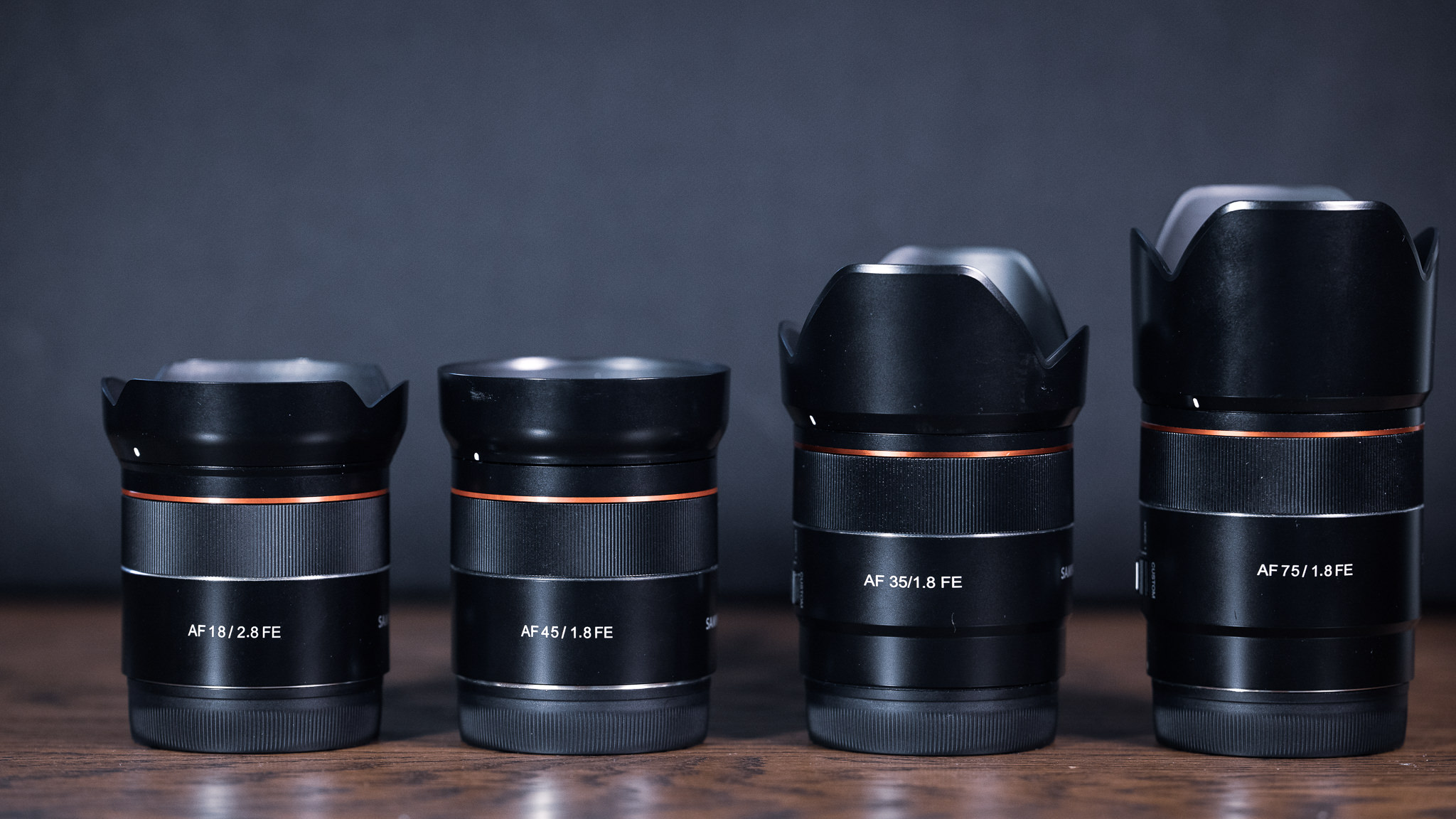
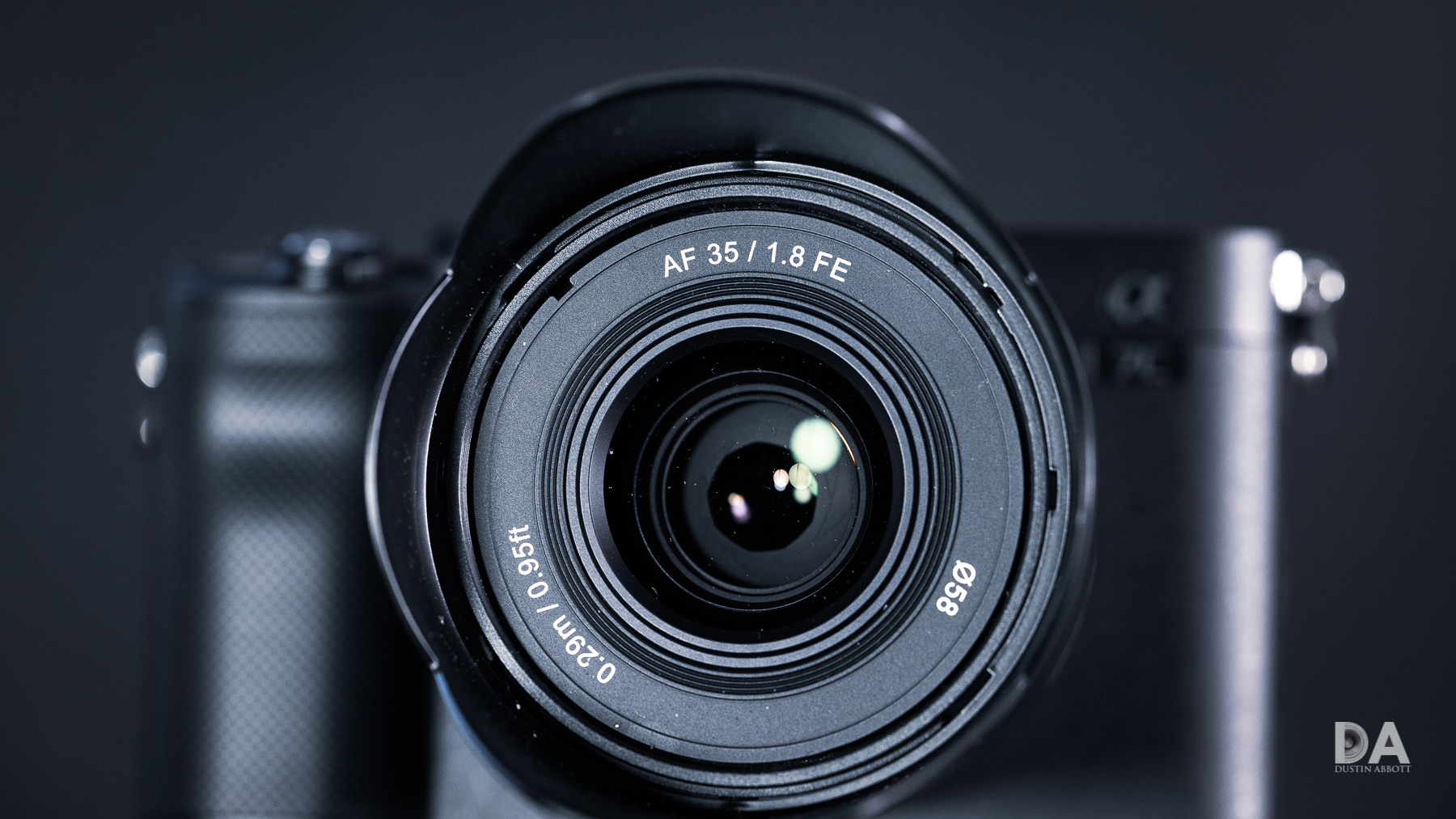
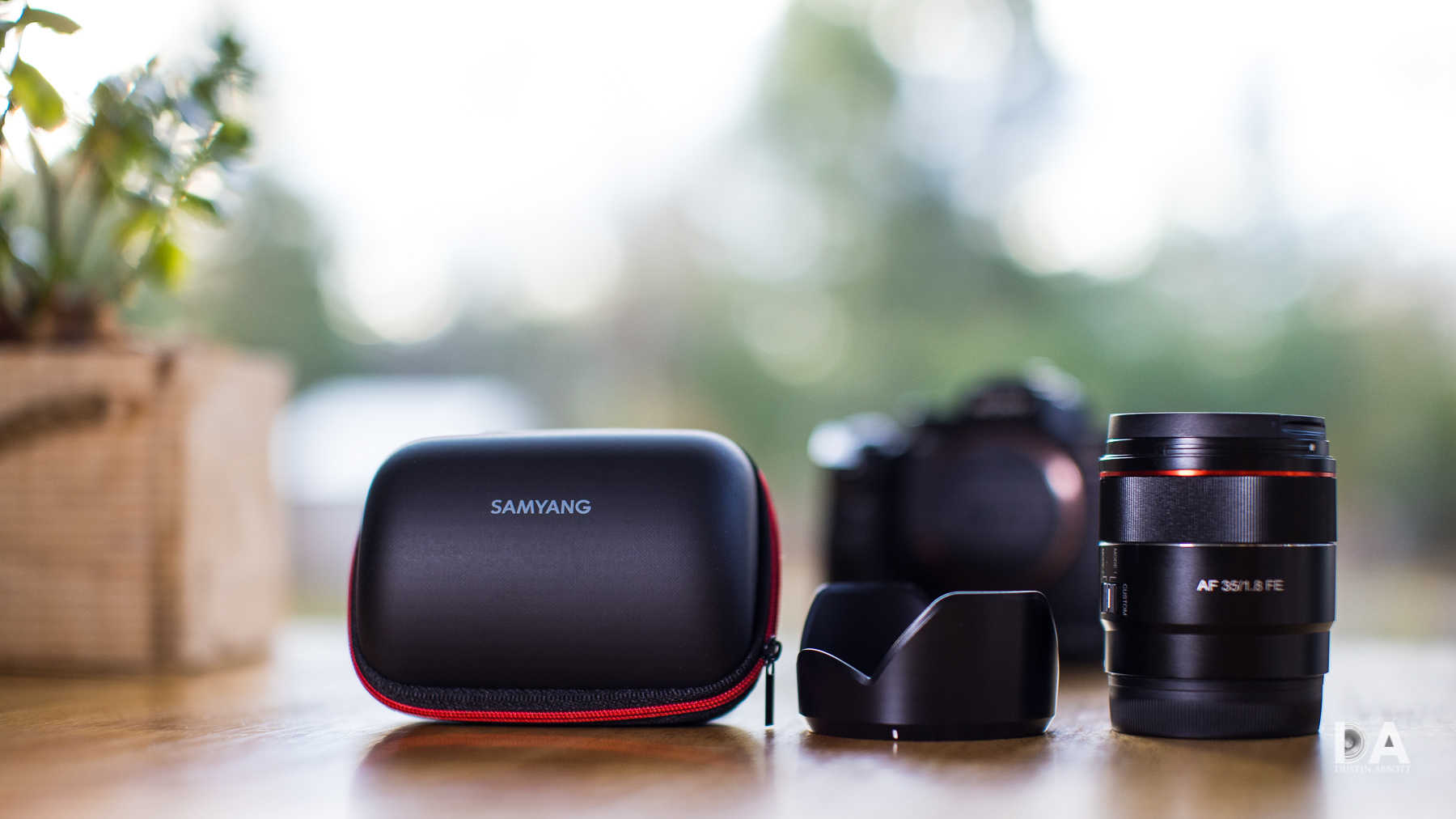

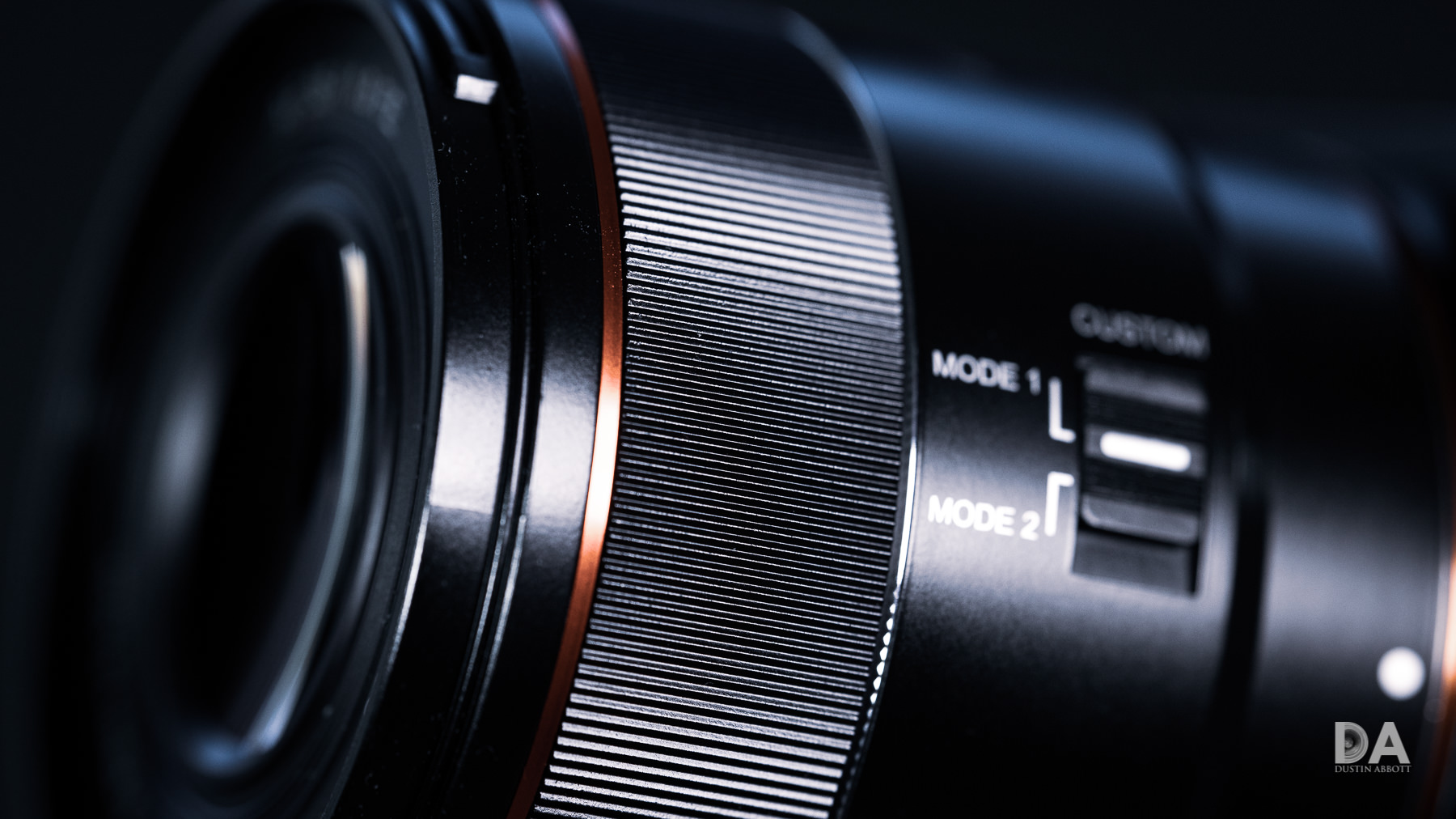
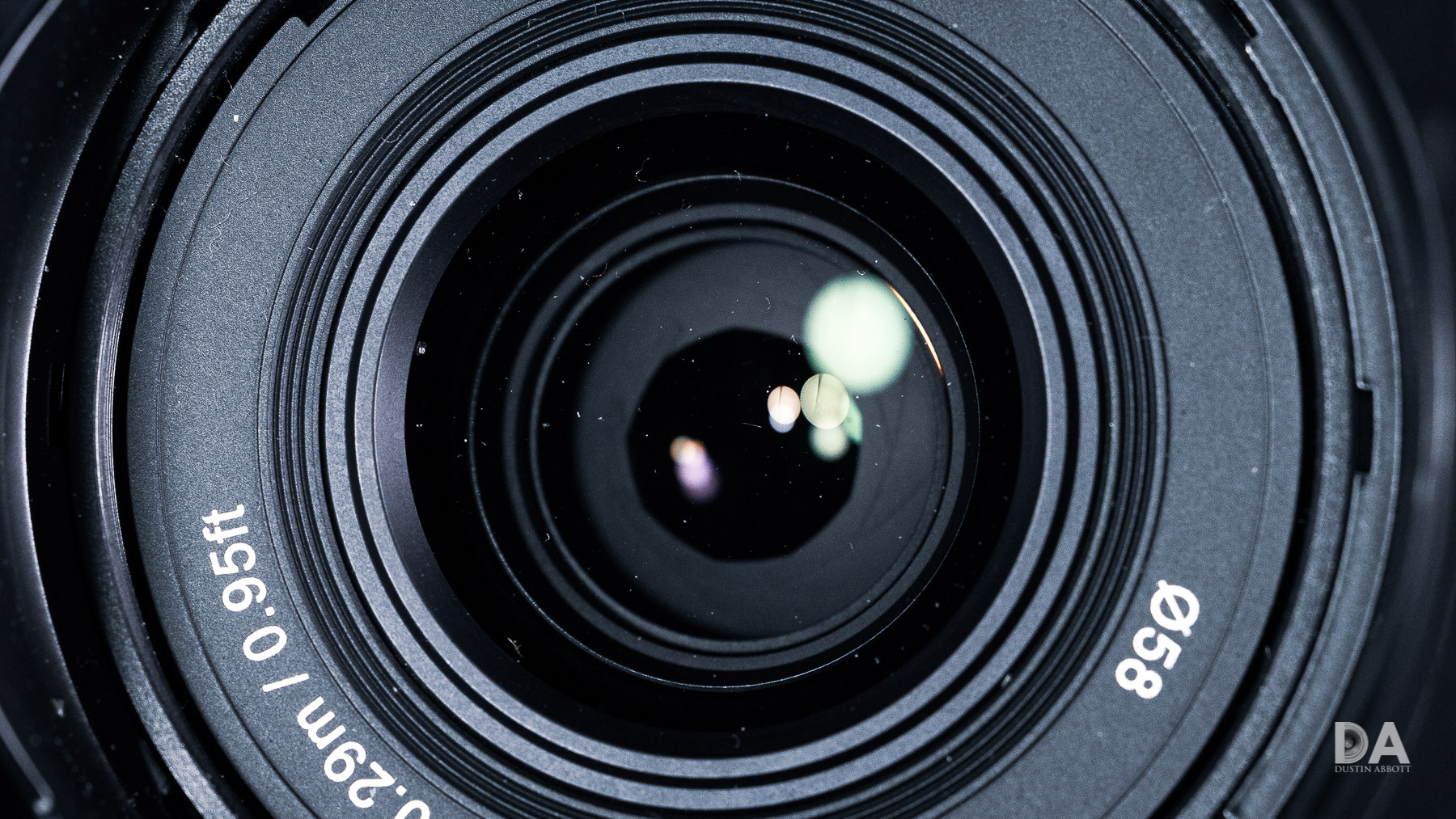
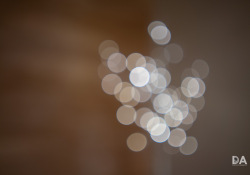
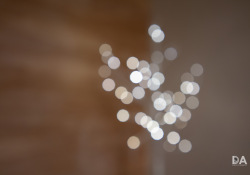

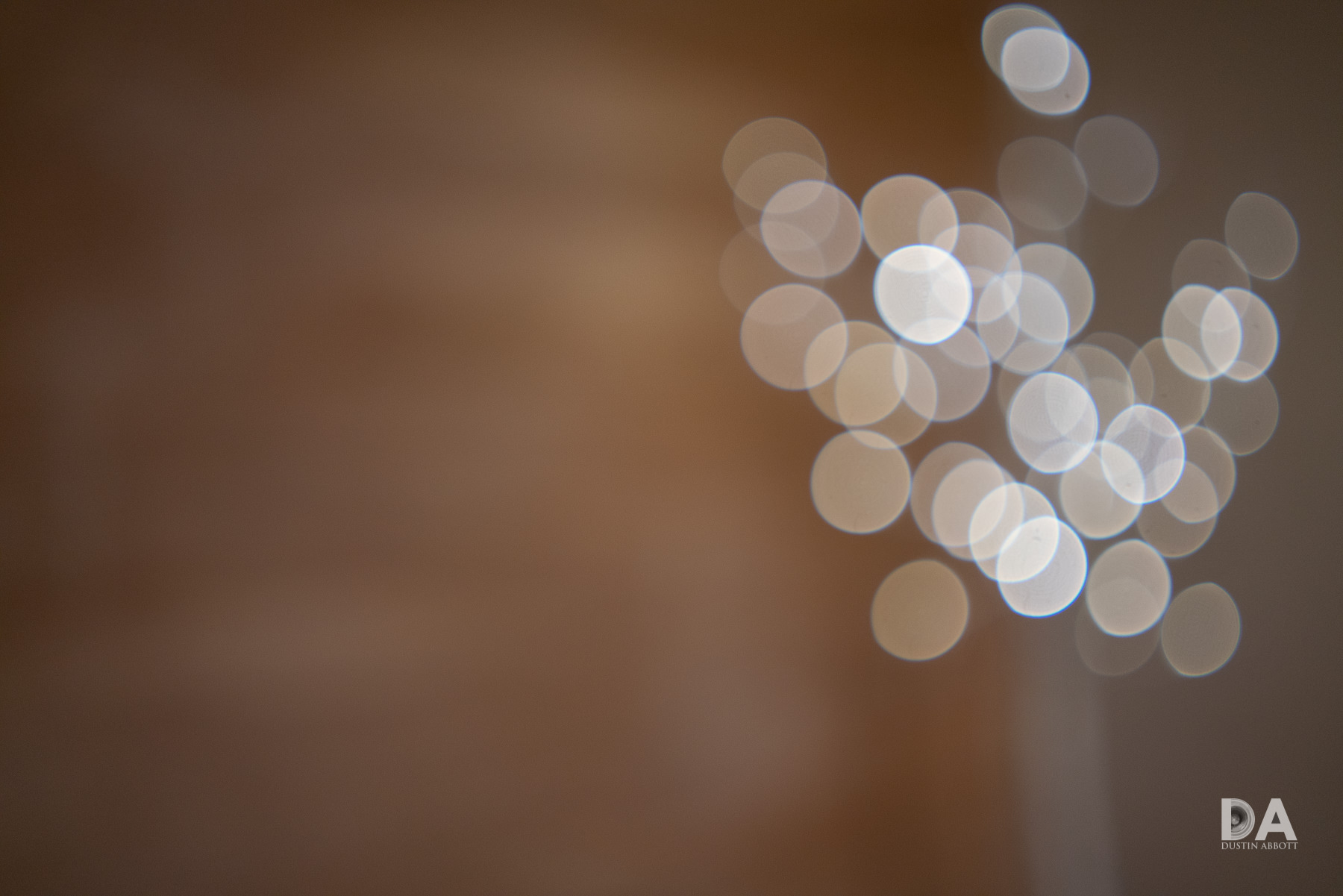



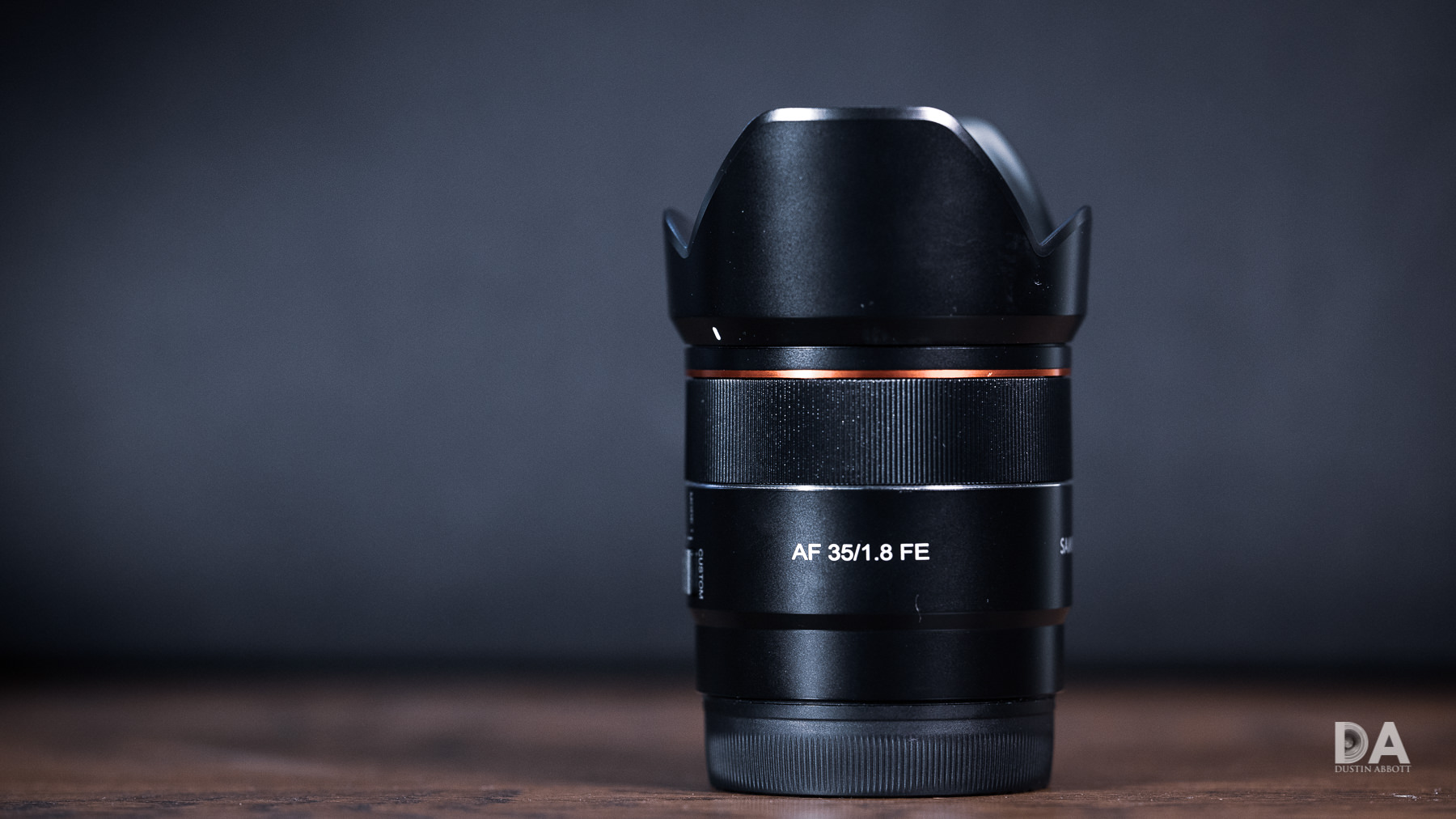


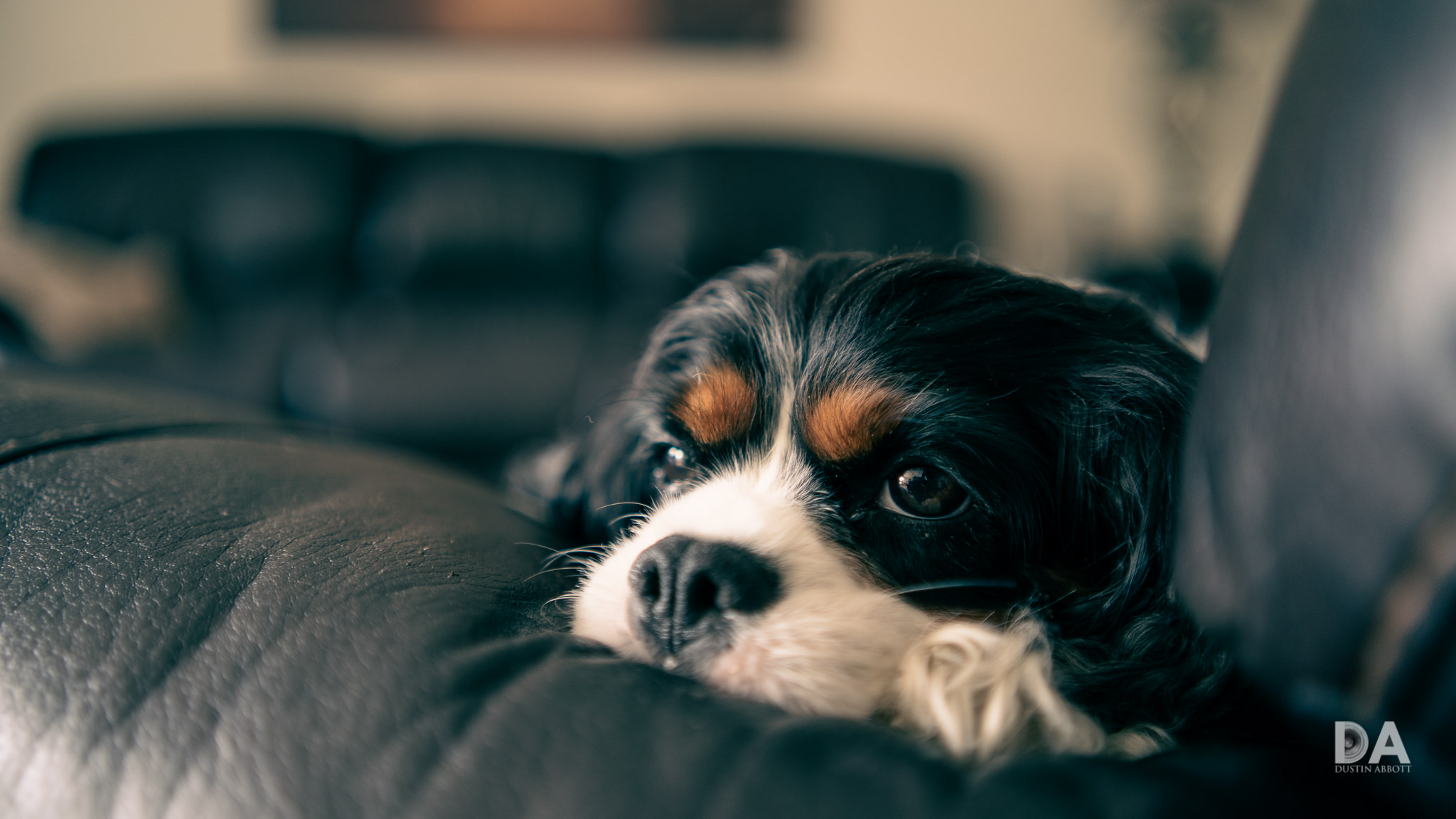

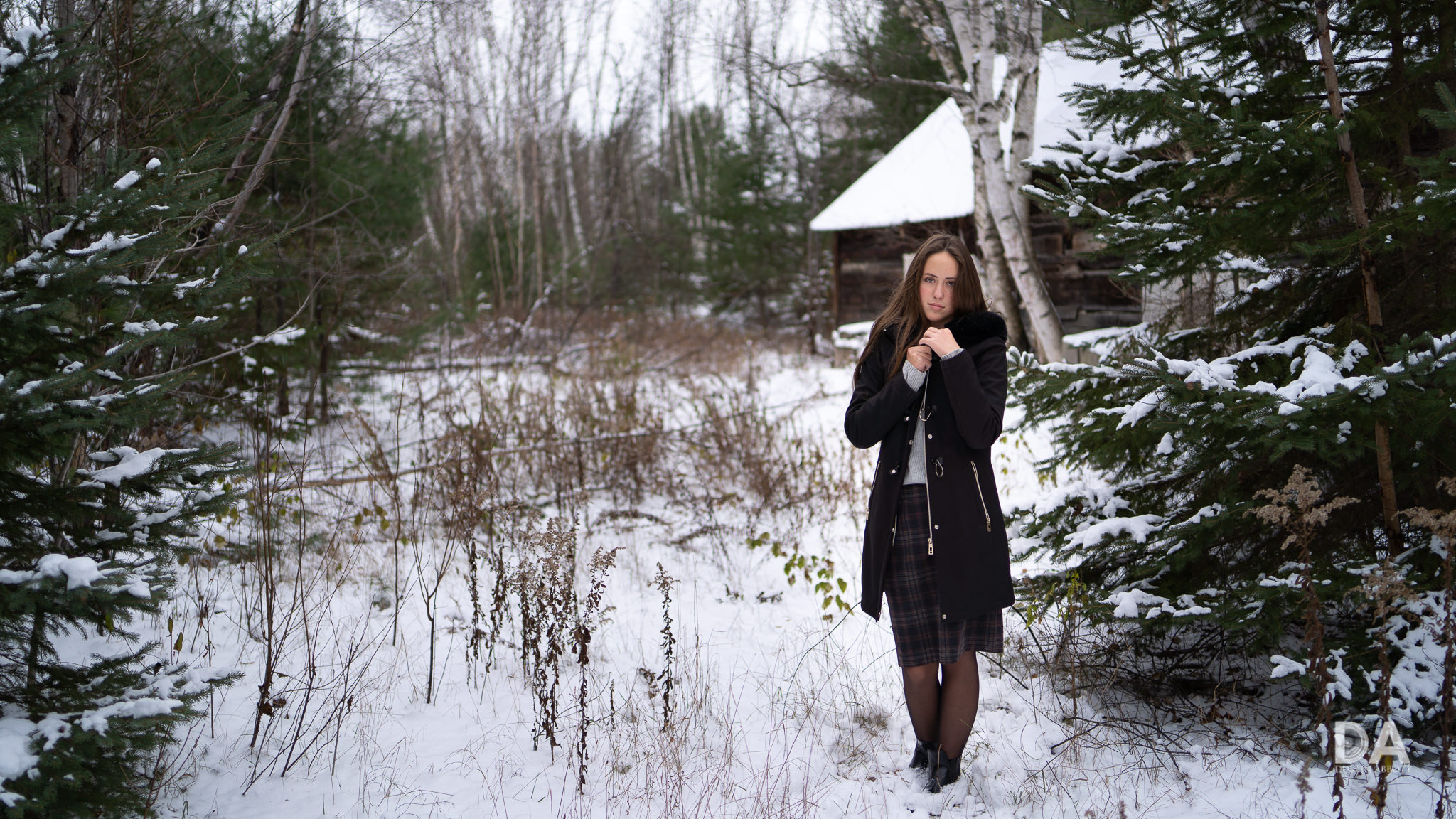

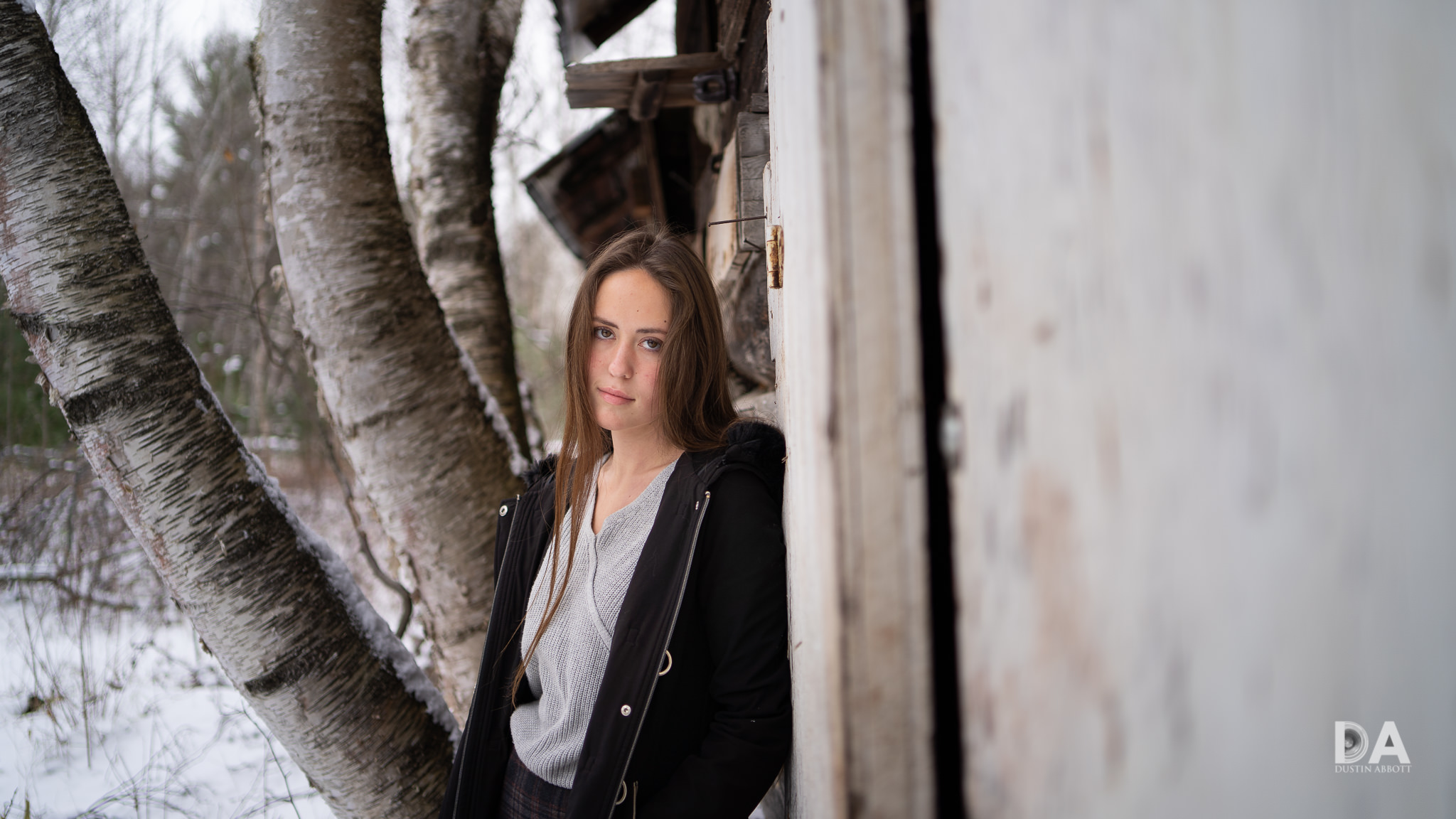
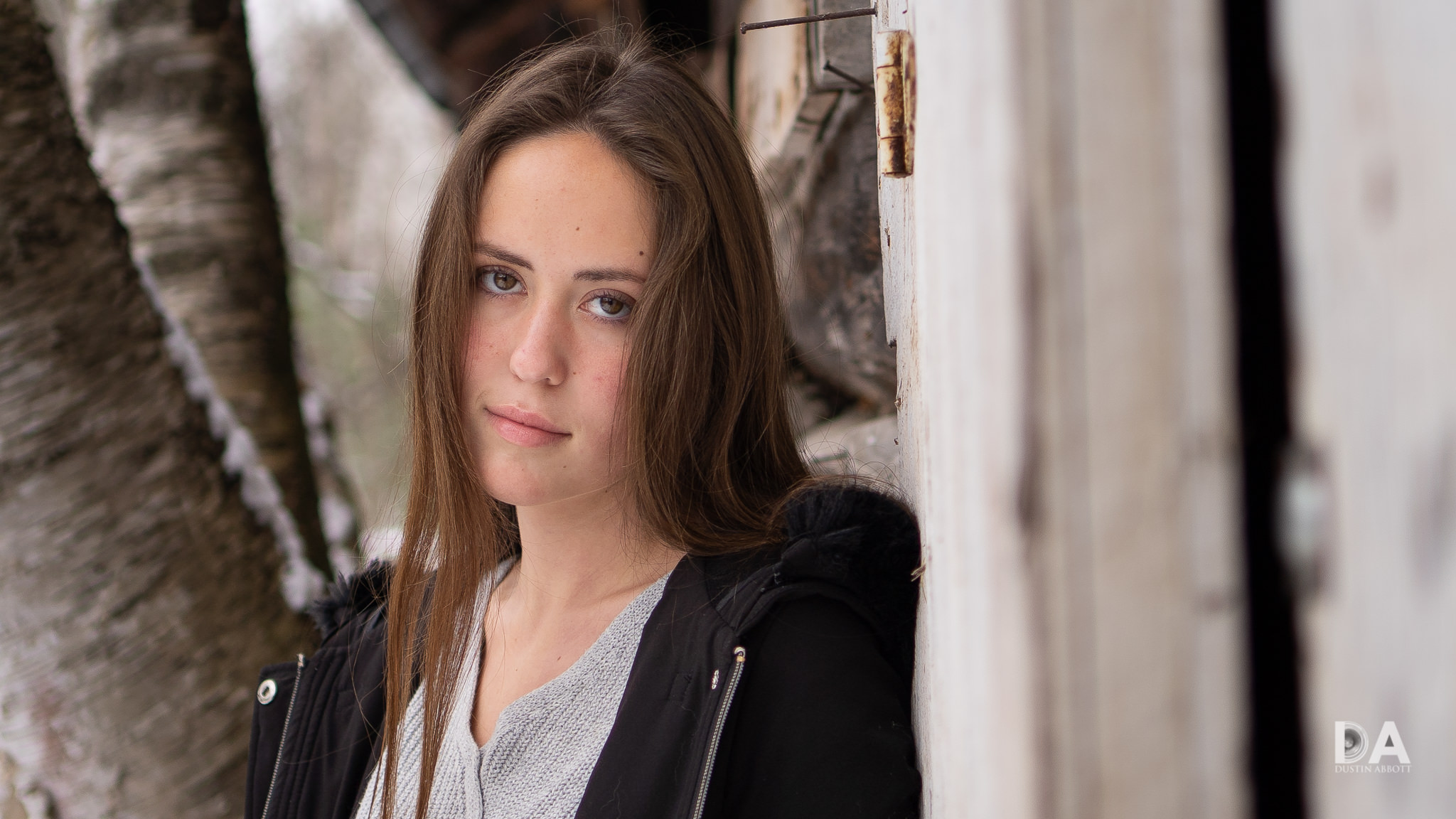

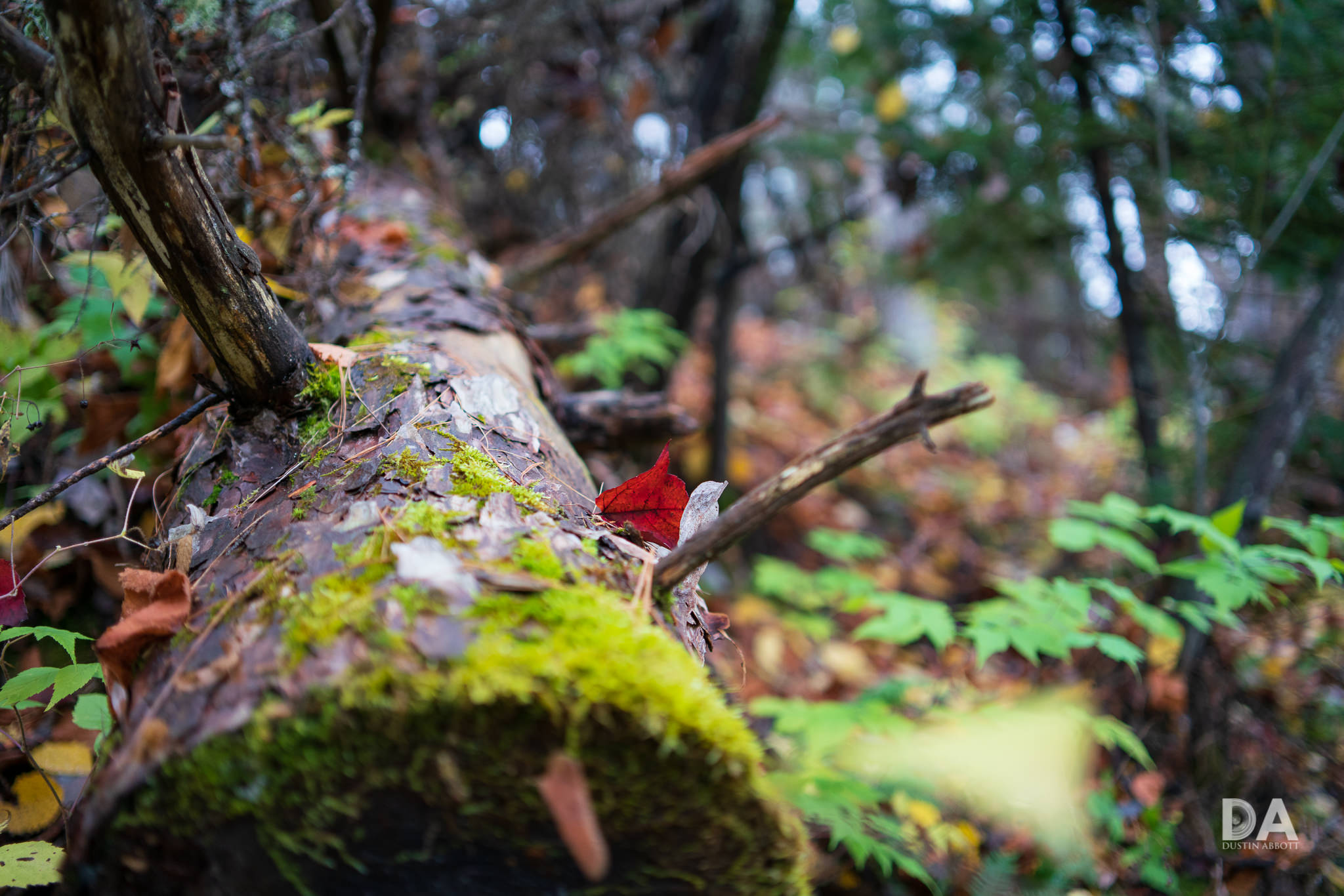
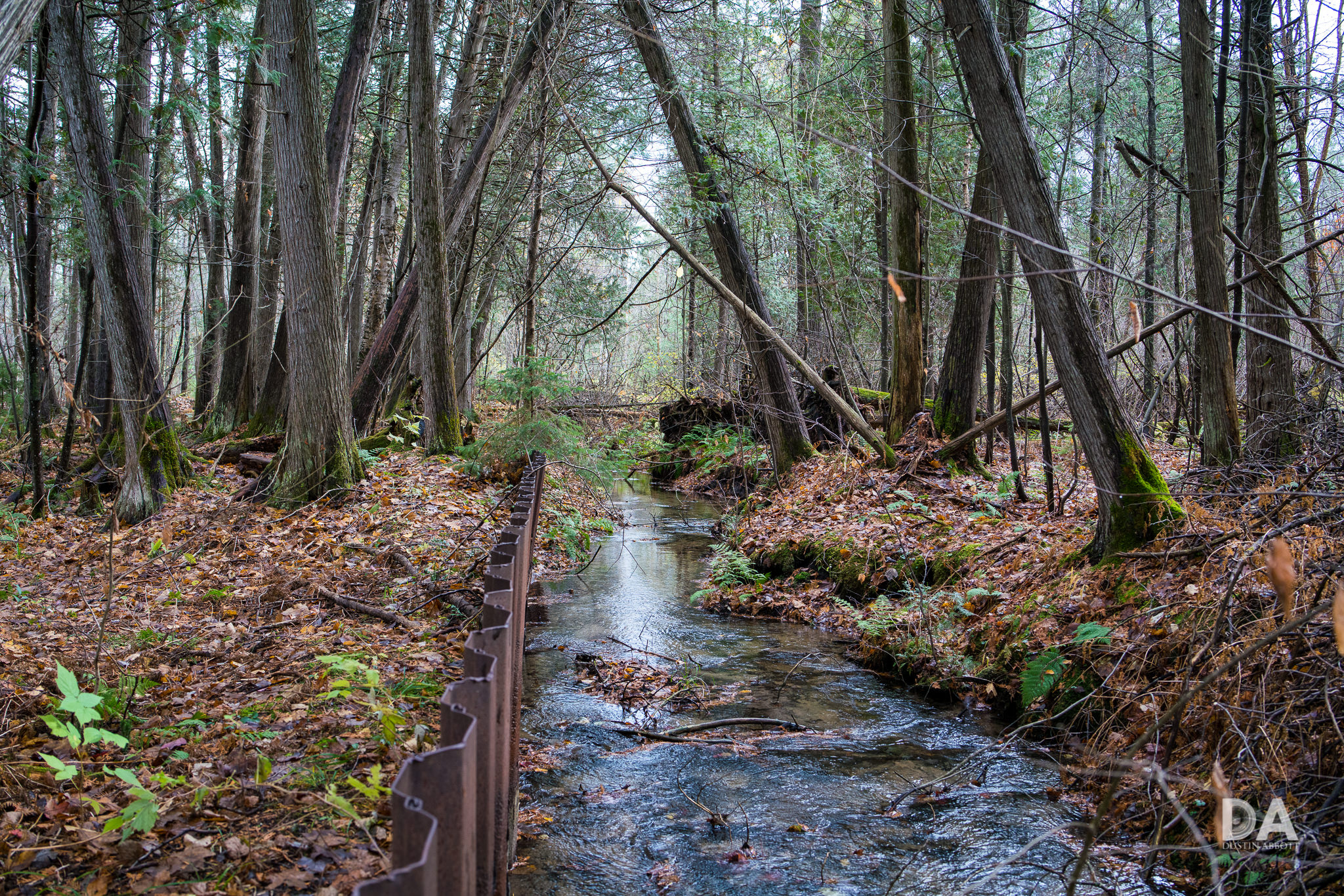
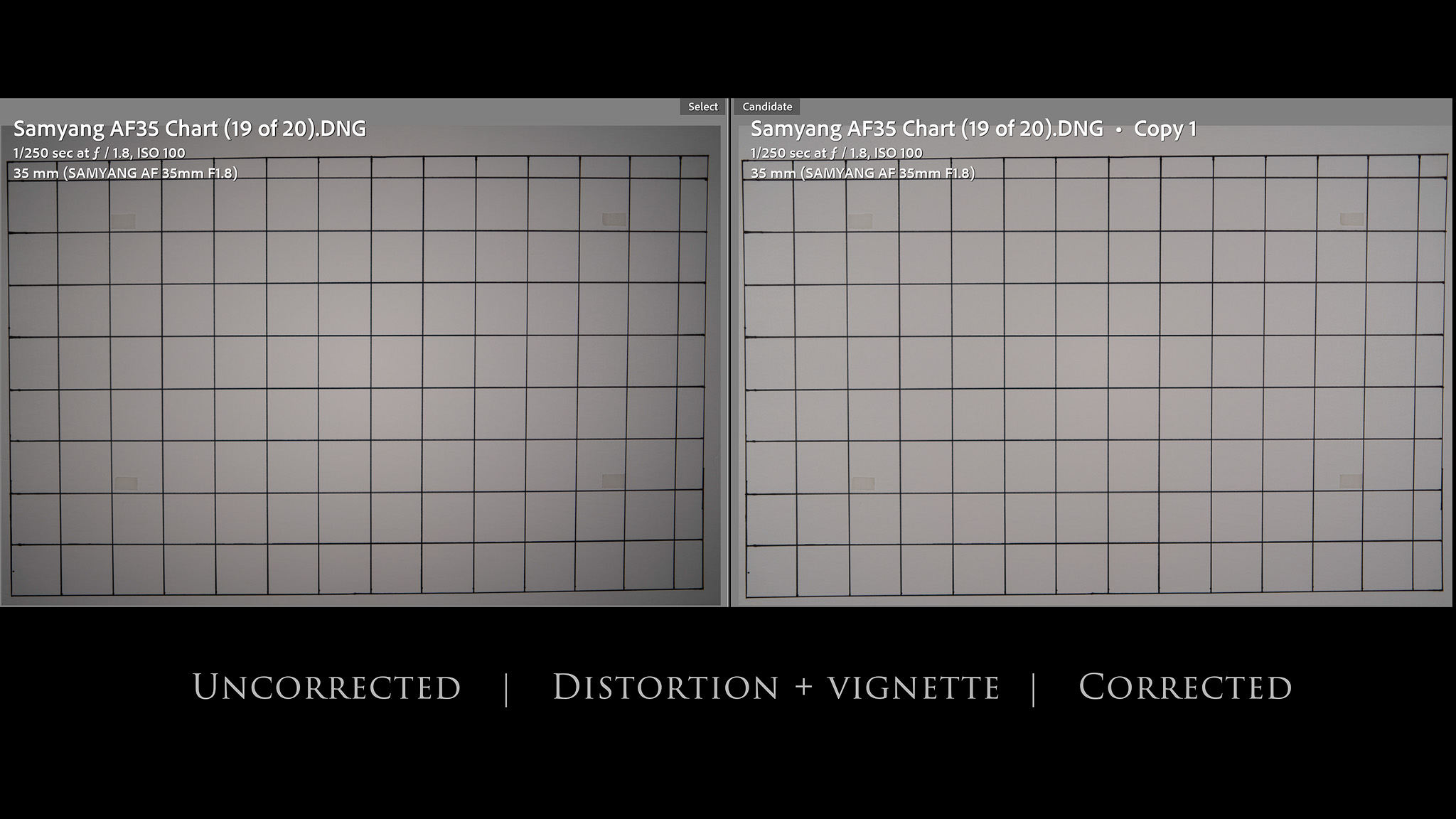
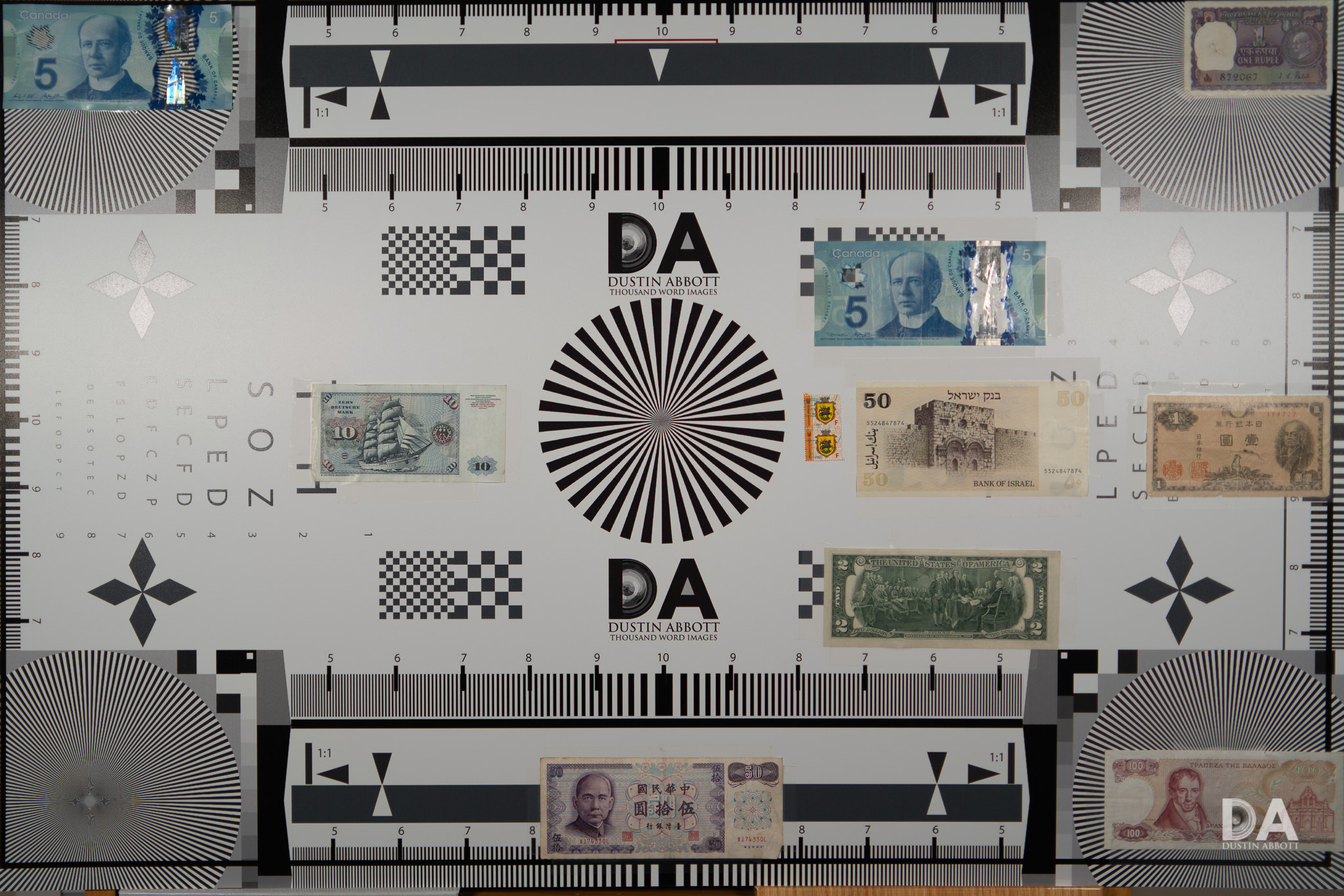


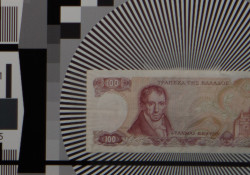


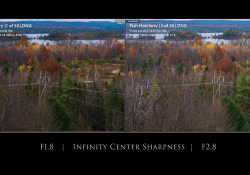

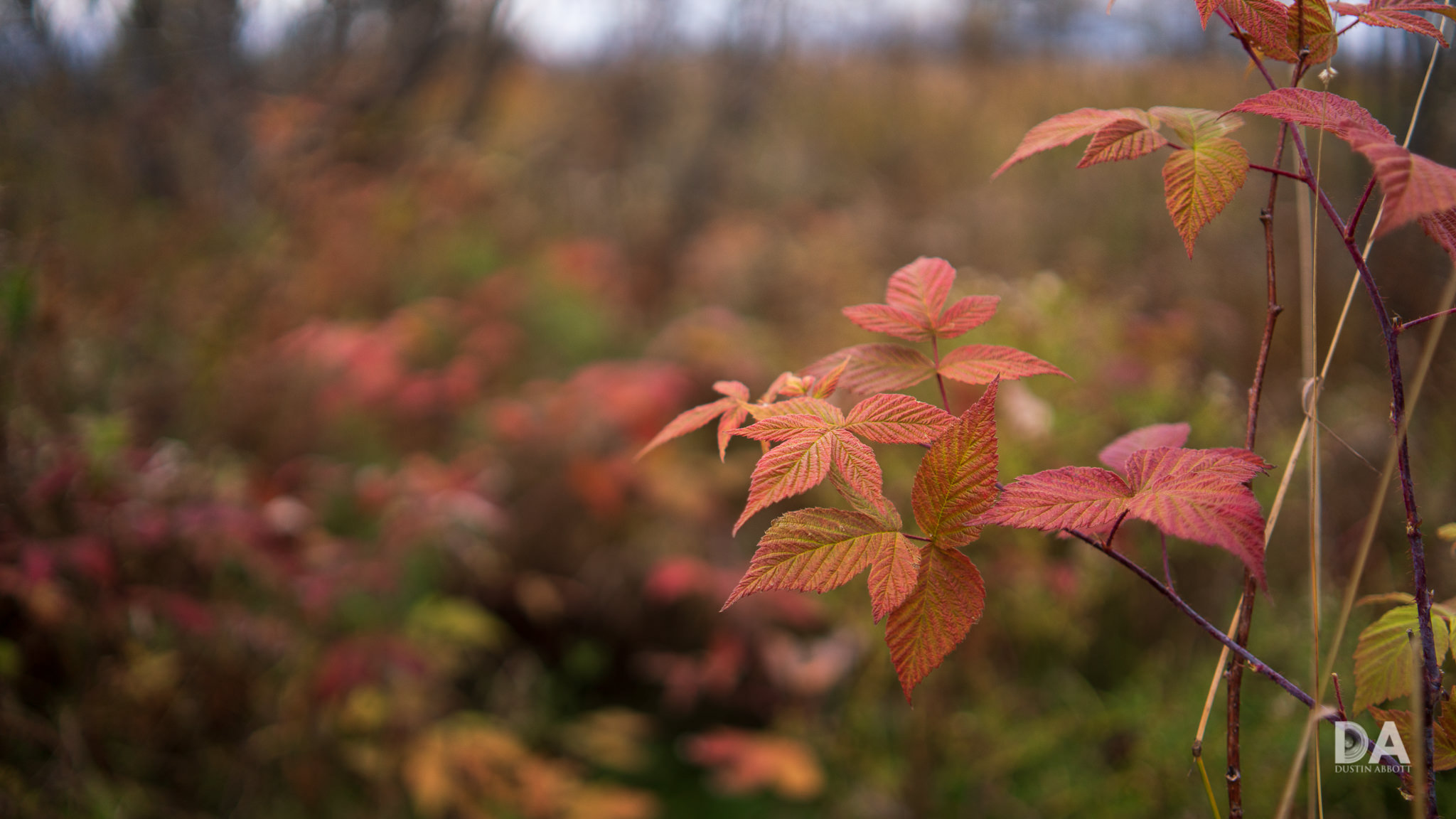
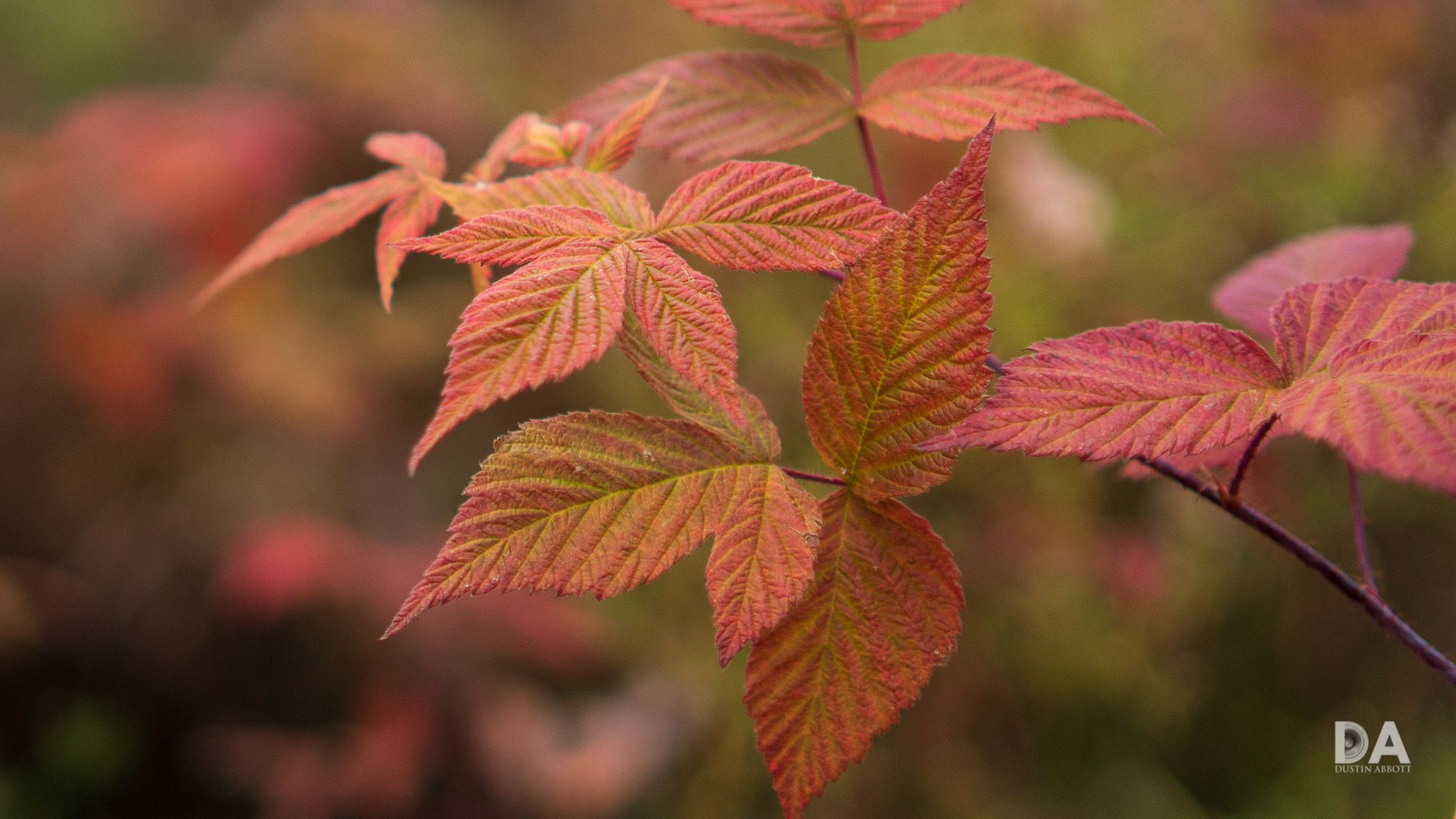
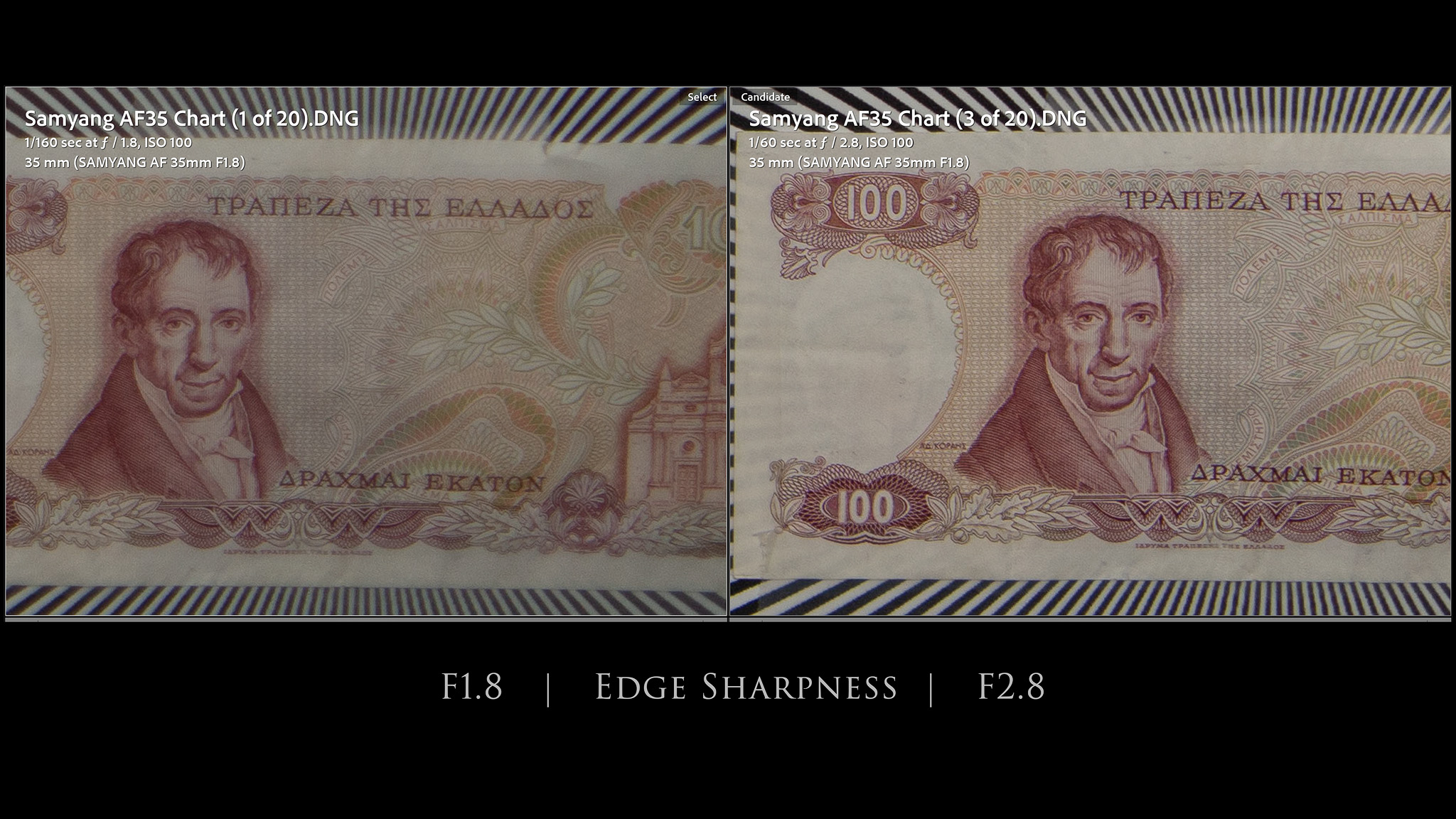
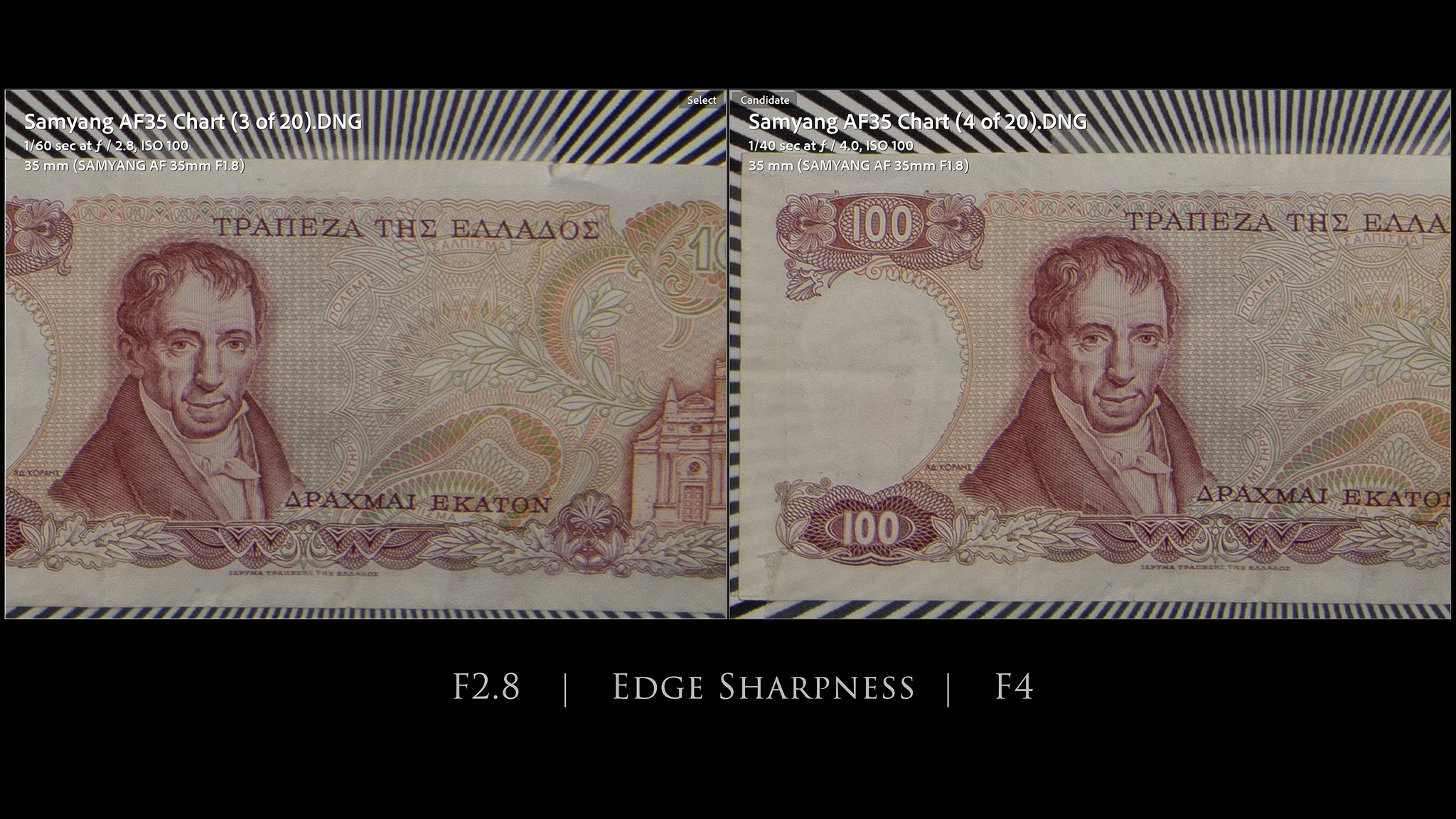
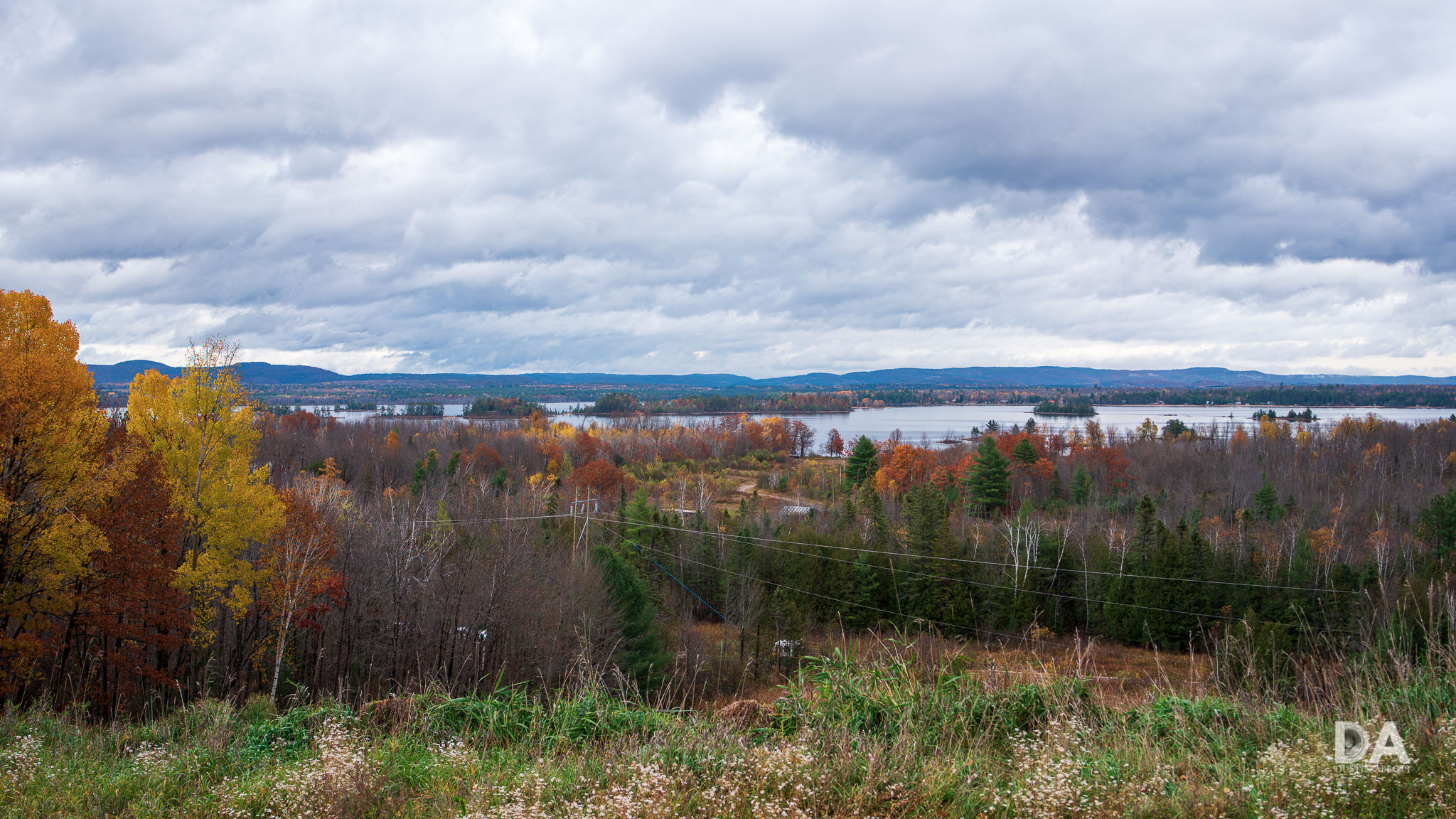

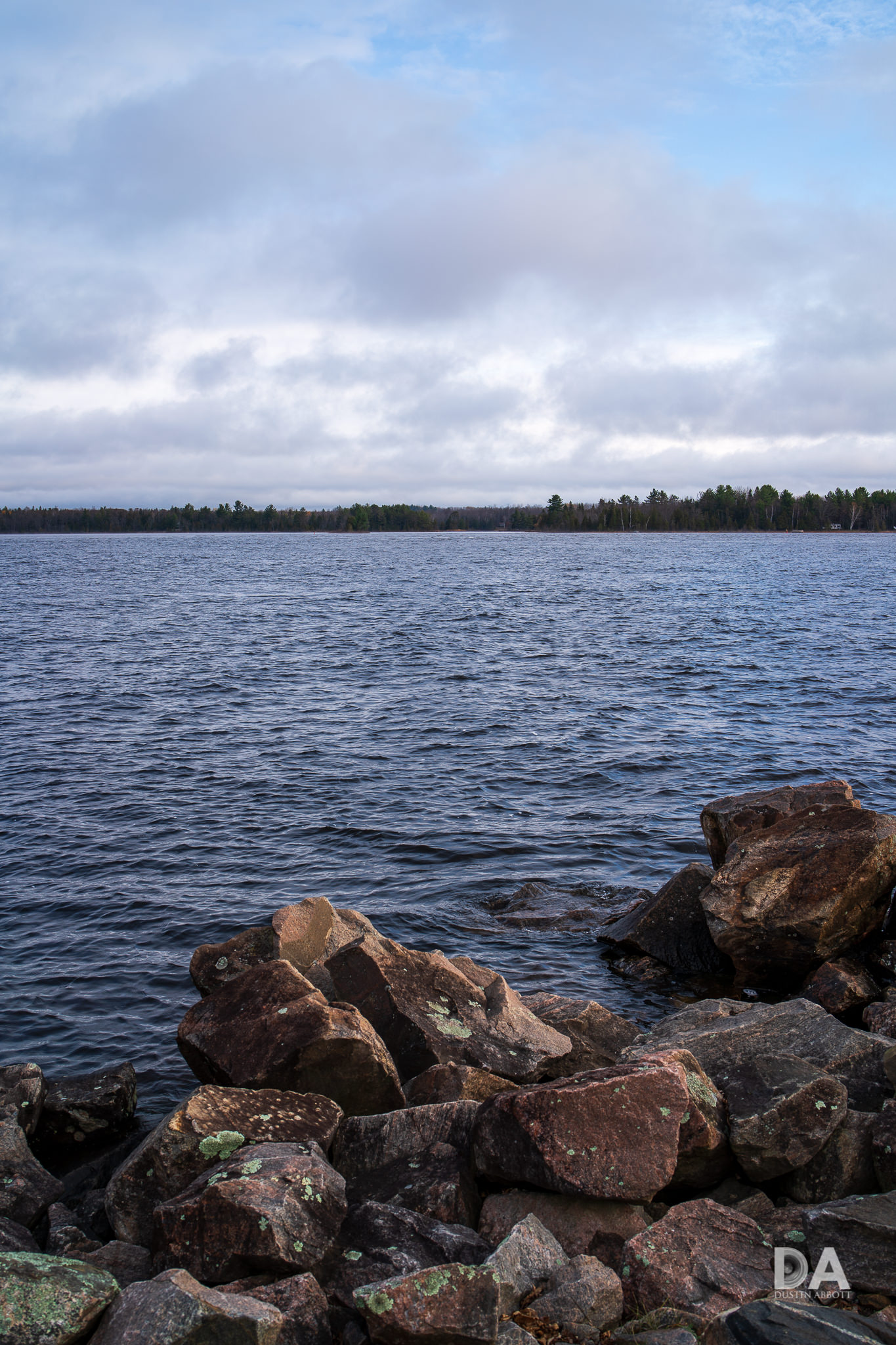


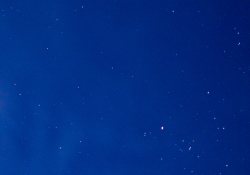

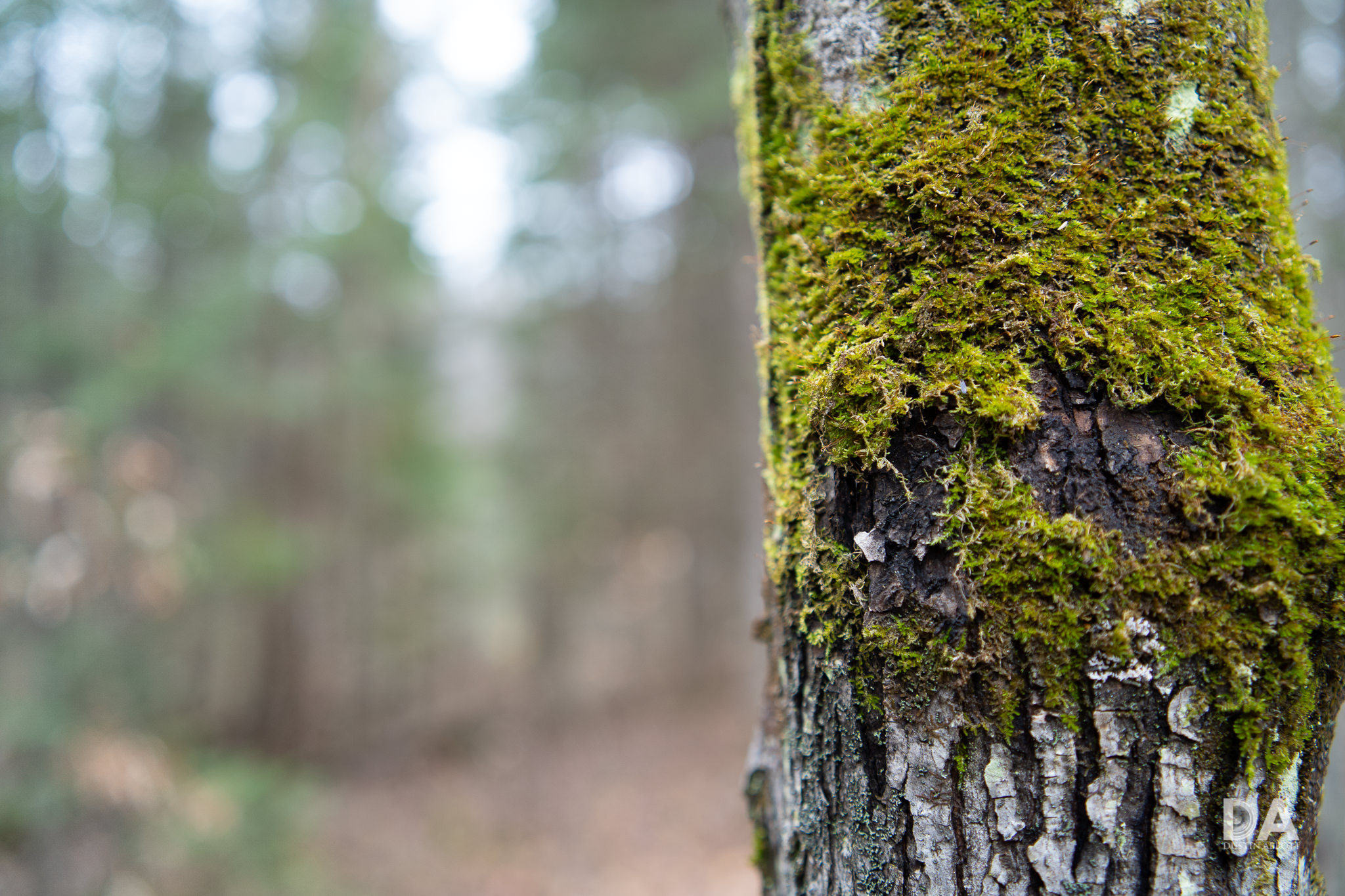
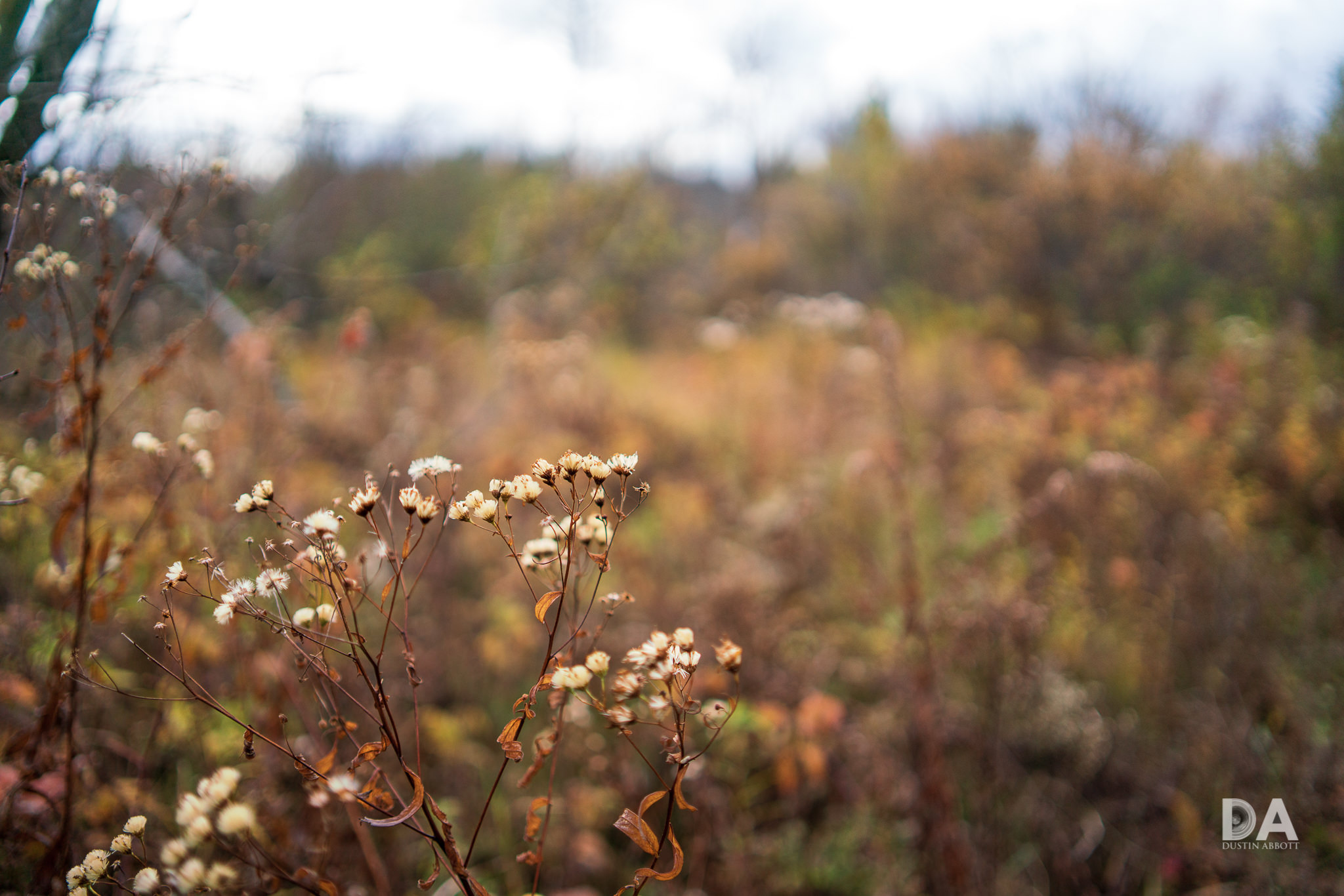

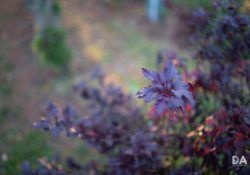




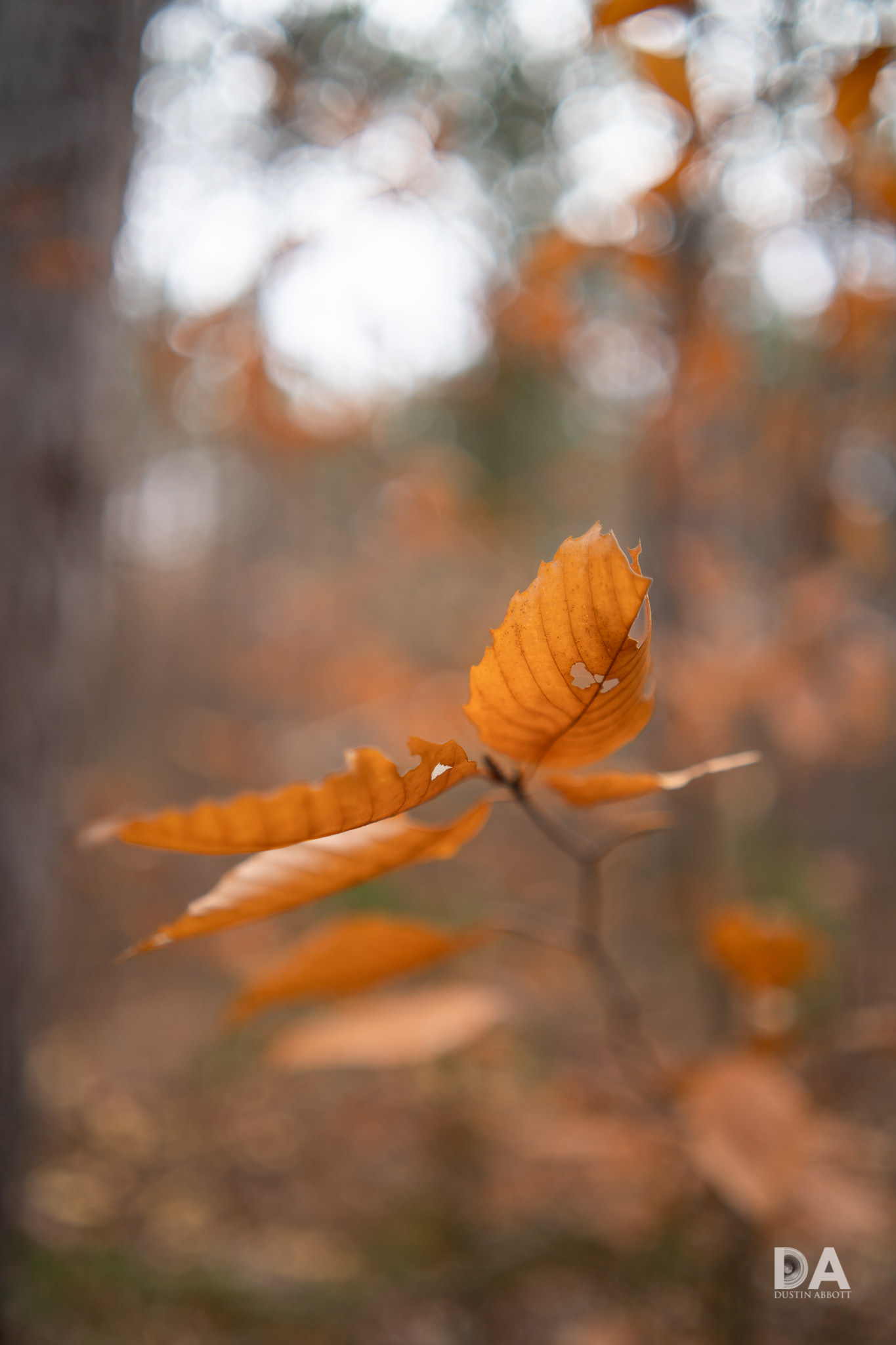
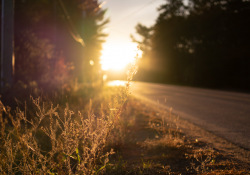
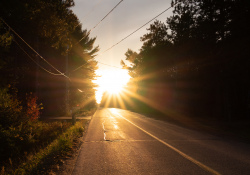
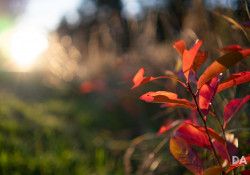
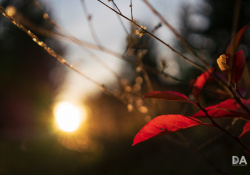



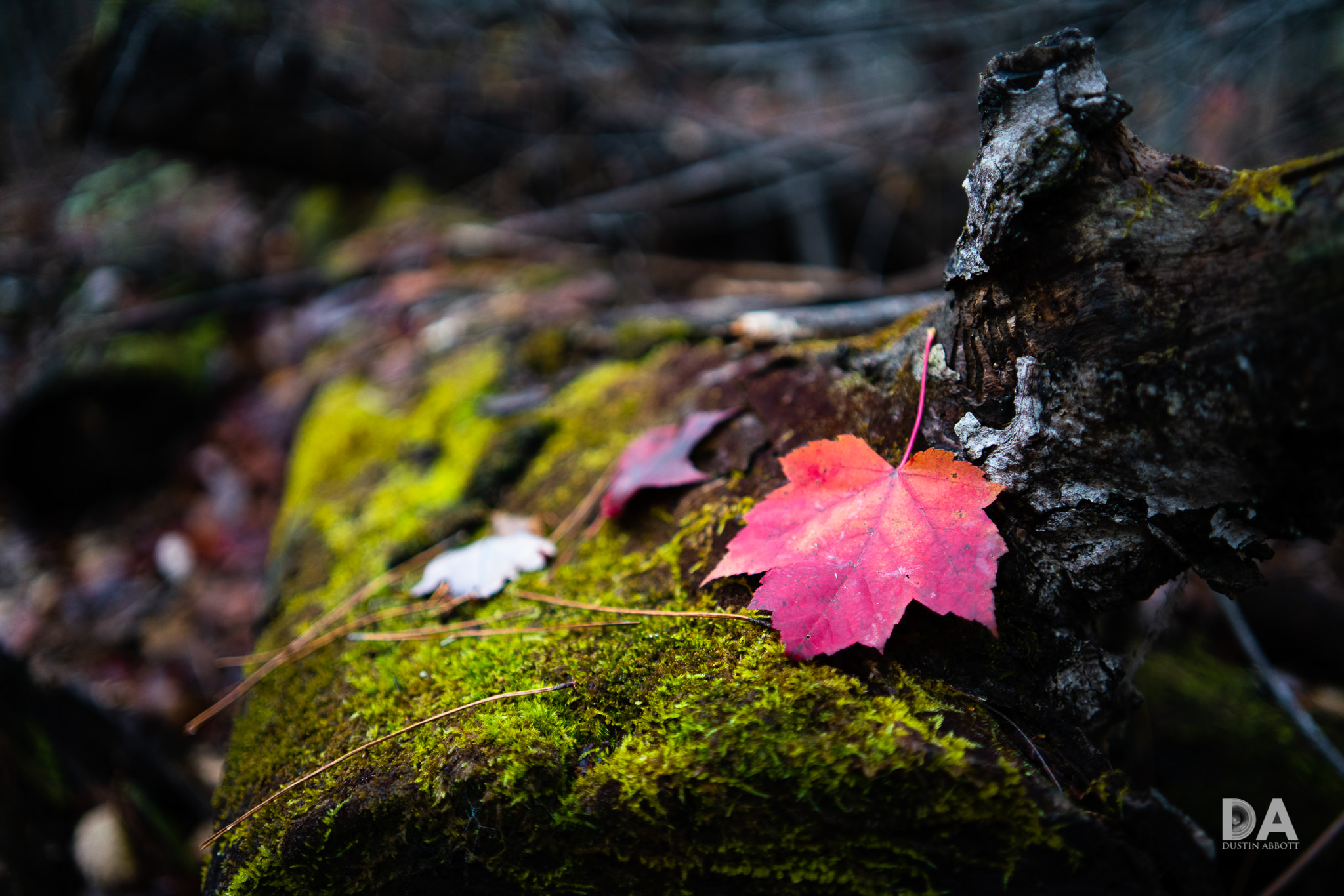





 Viltrox Pro AF 85mm F1.4 FE Gallery
Viltrox Pro AF 85mm F1.4 FE Gallery  Viltrox AF 85mm F1.4 PRO FE Review
Viltrox AF 85mm F1.4 PRO FE Review  Yongnuo YN 35mm F1.8 ART Gallery
Yongnuo YN 35mm F1.8 ART Gallery  Yongnuo YN 35mm F1.8 DA ART Review
Yongnuo YN 35mm F1.8 DA ART Review 



One thought on “Samyang AF 35mm F1.8 FE Review”